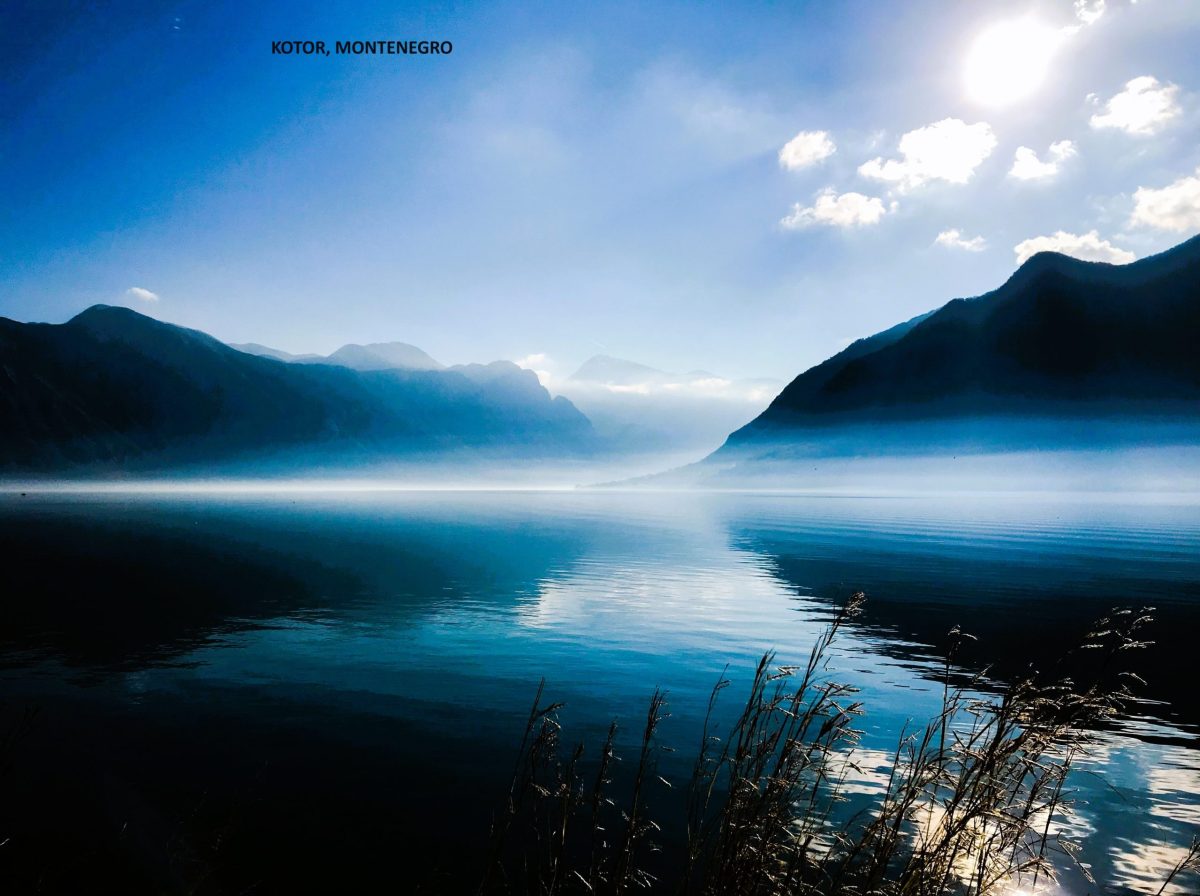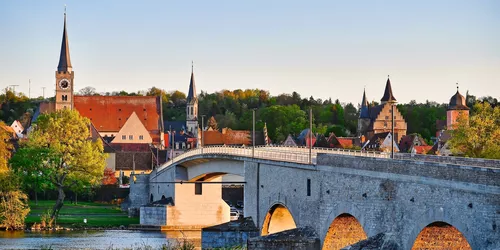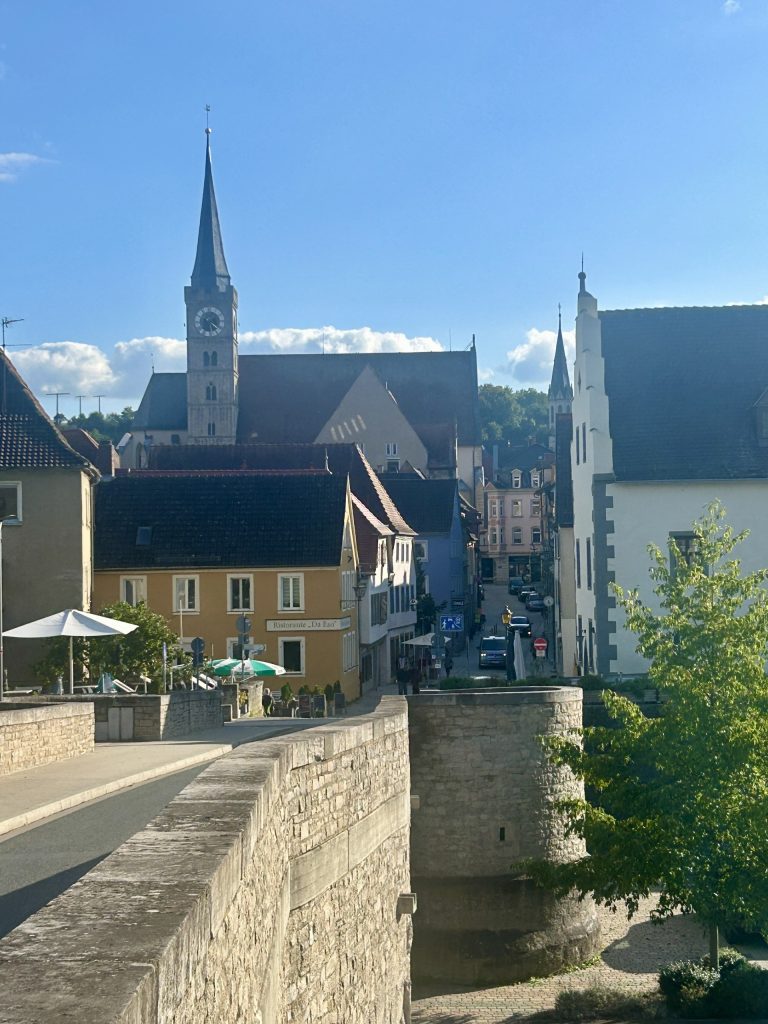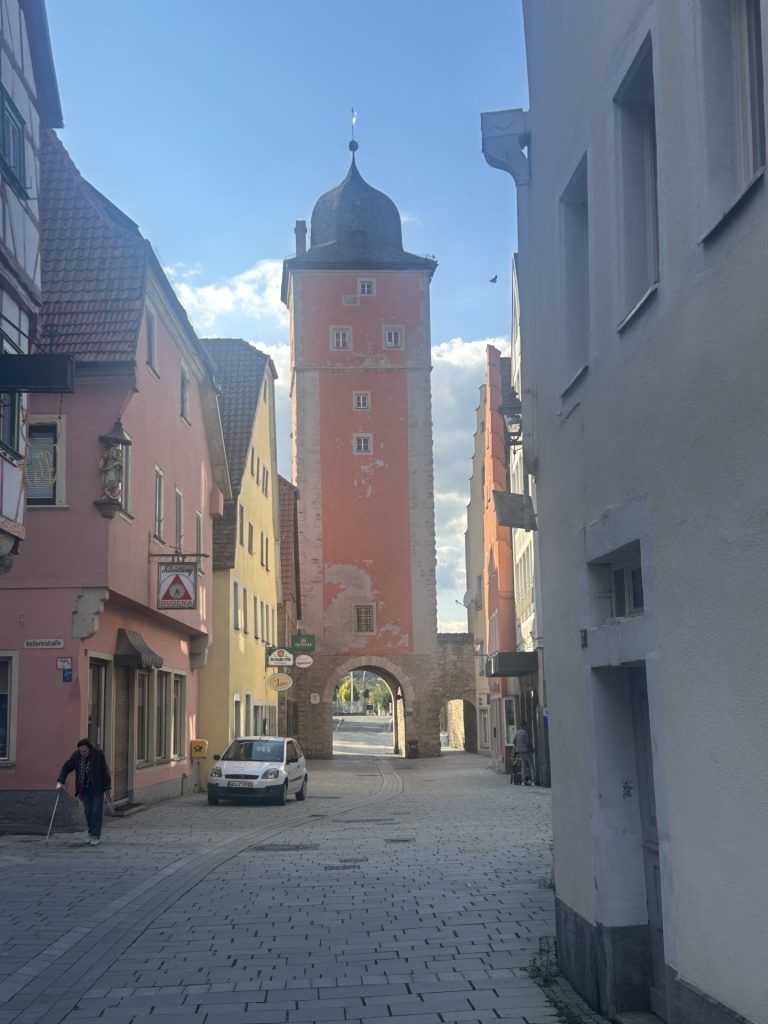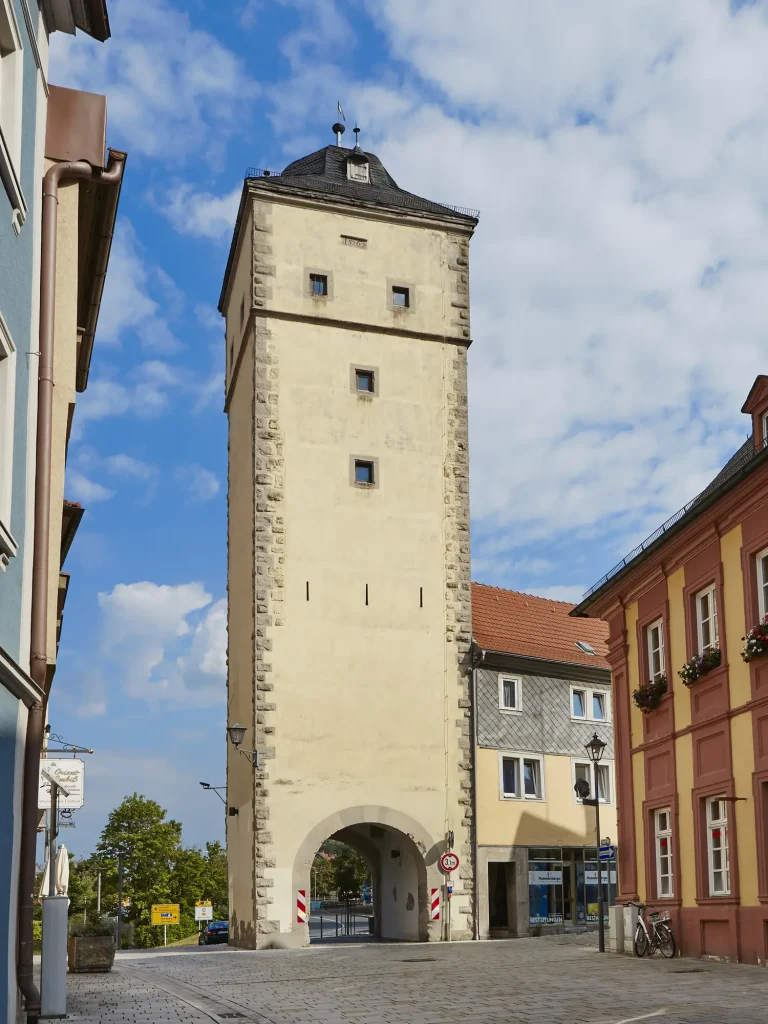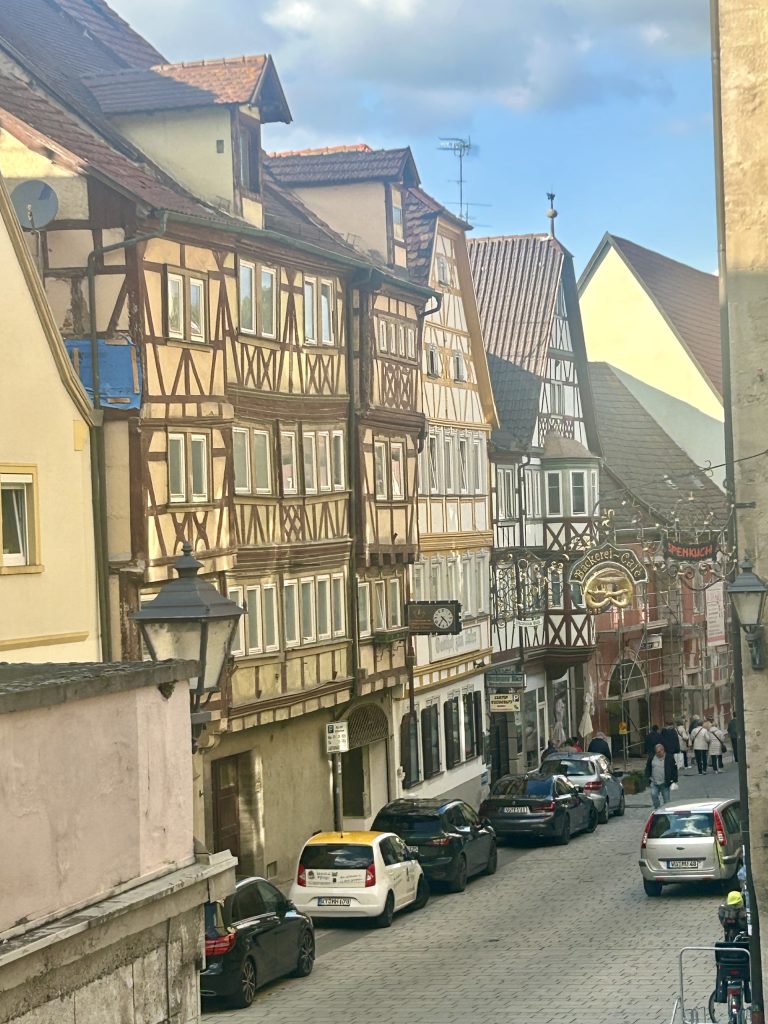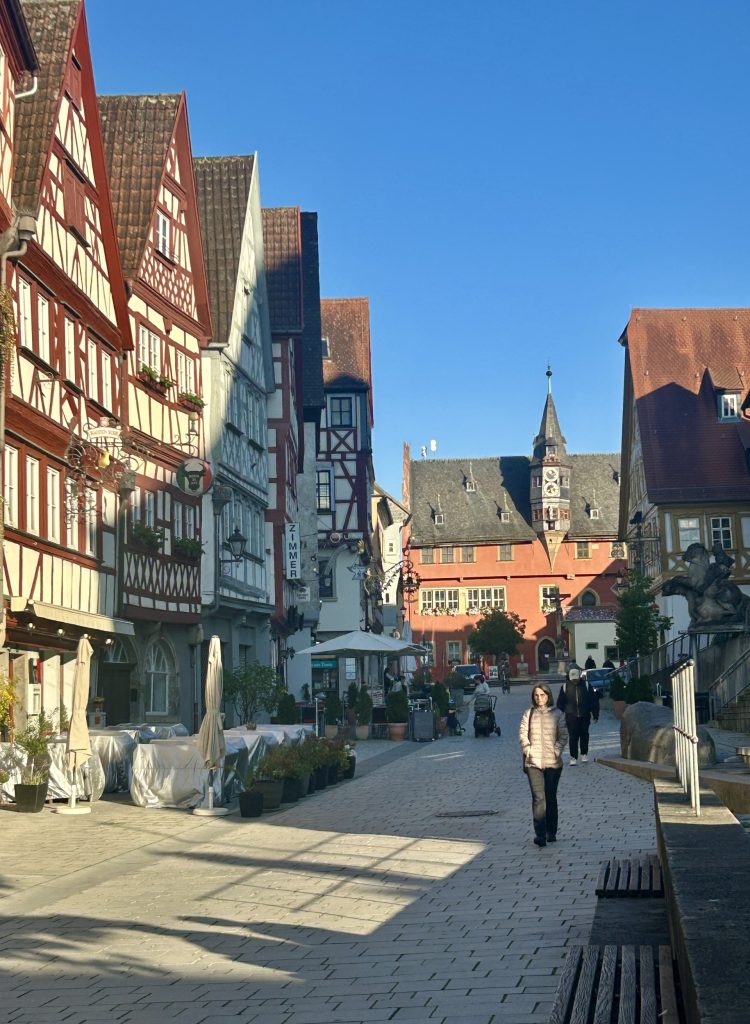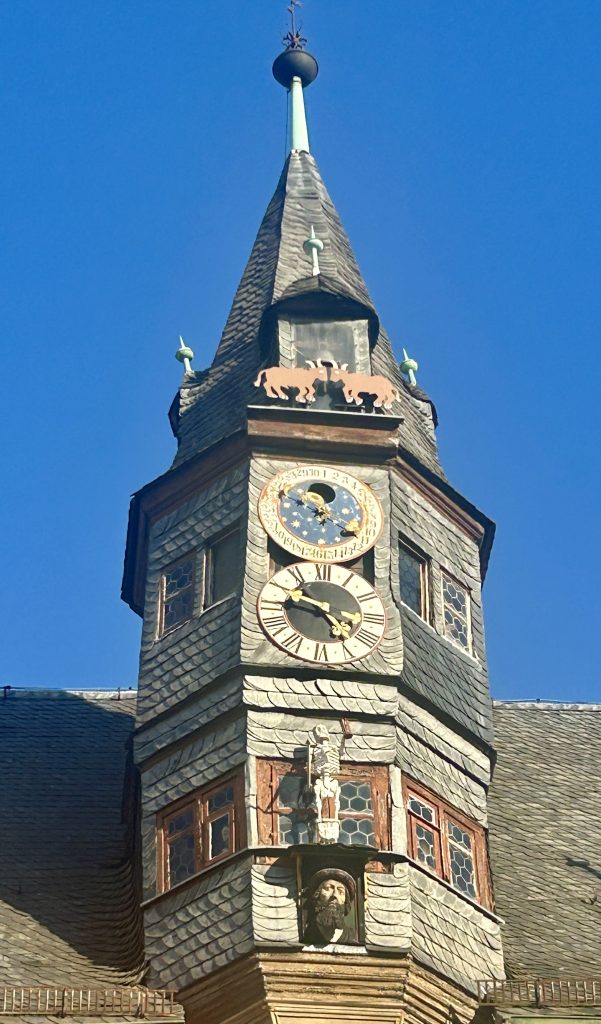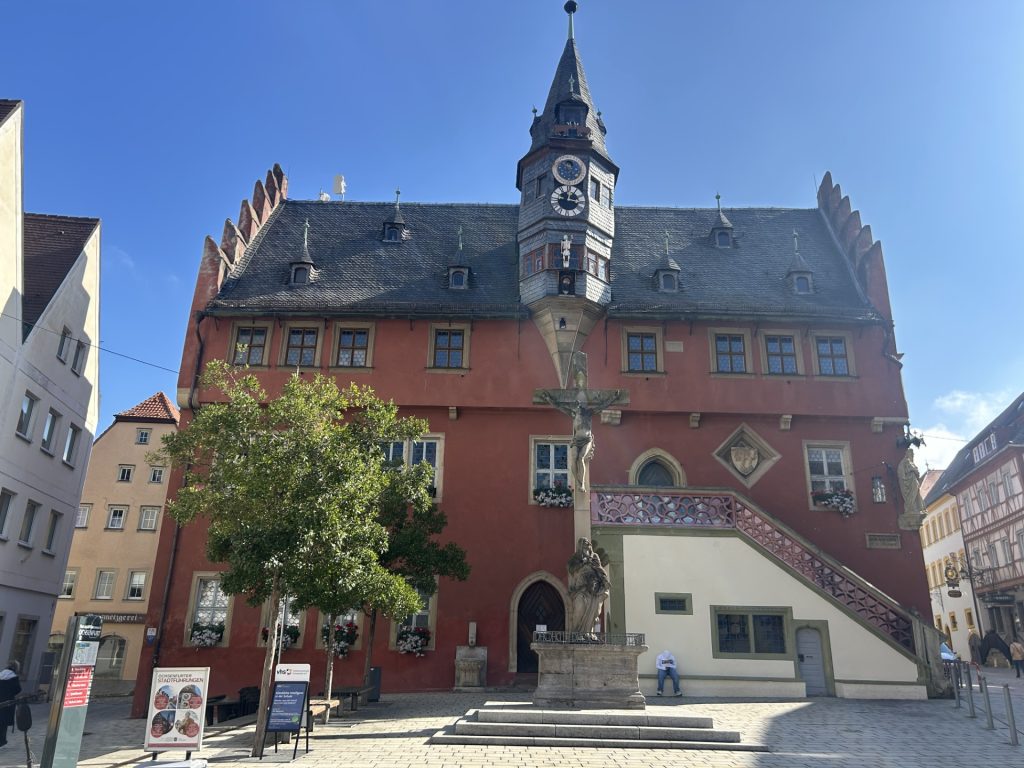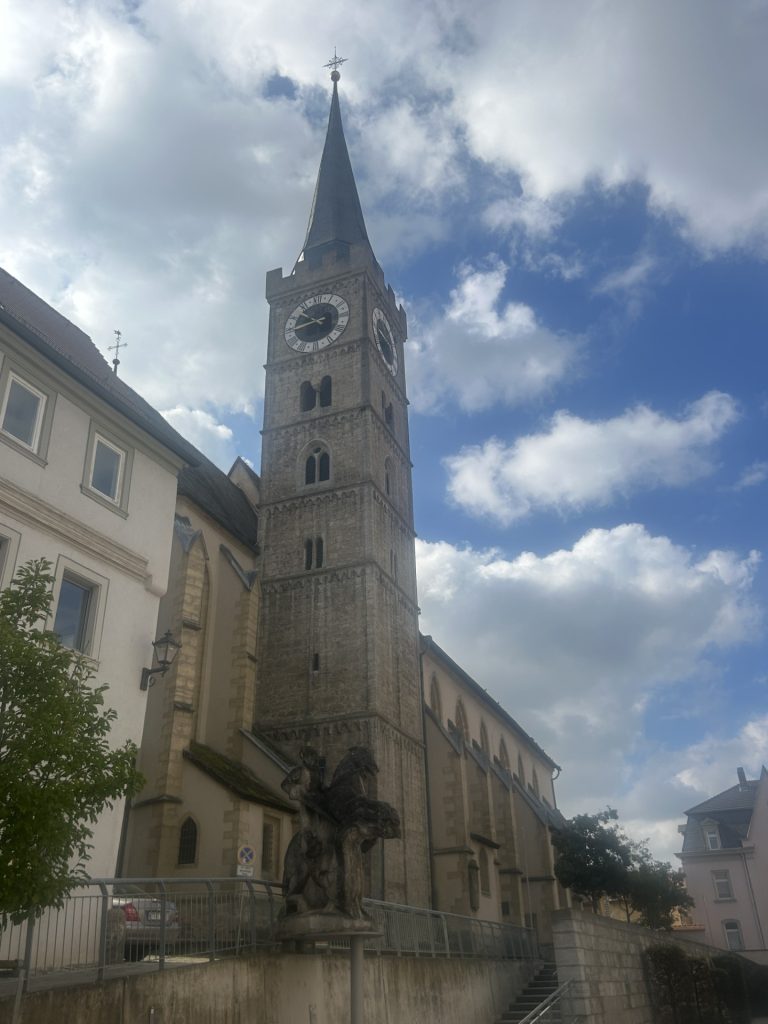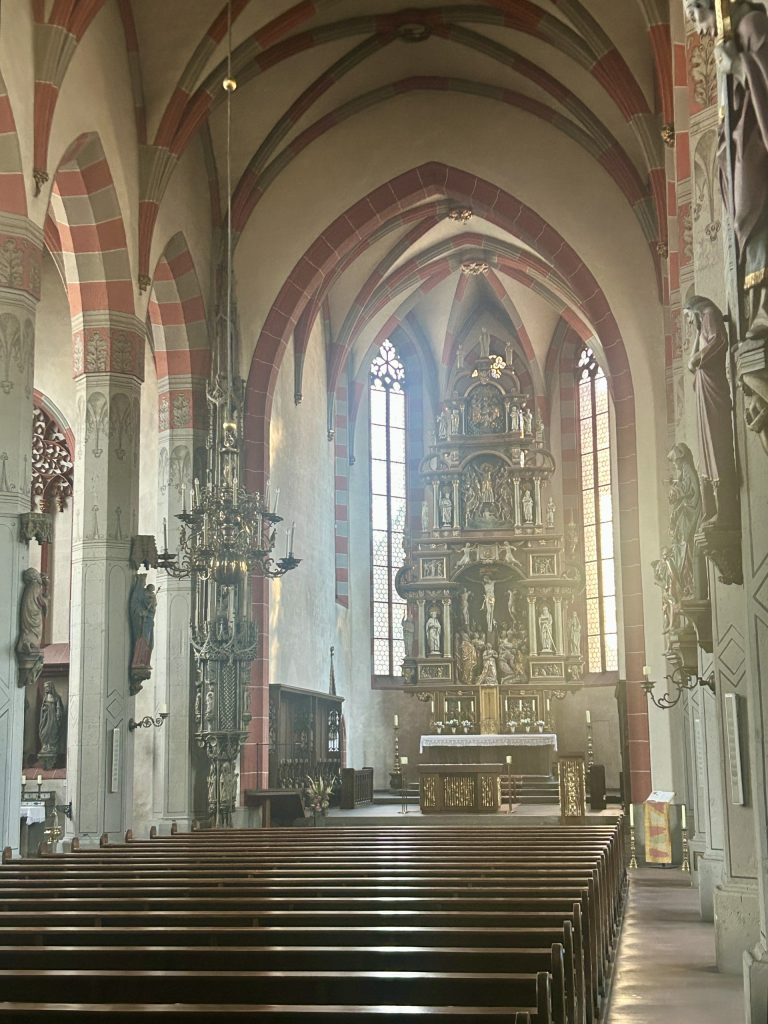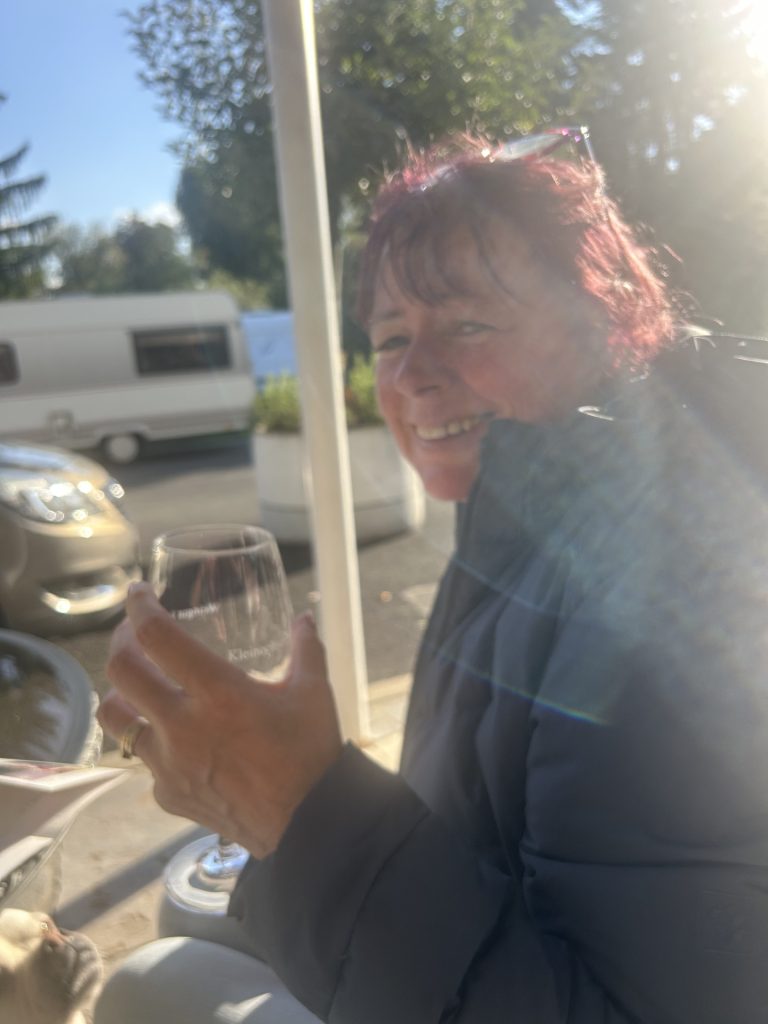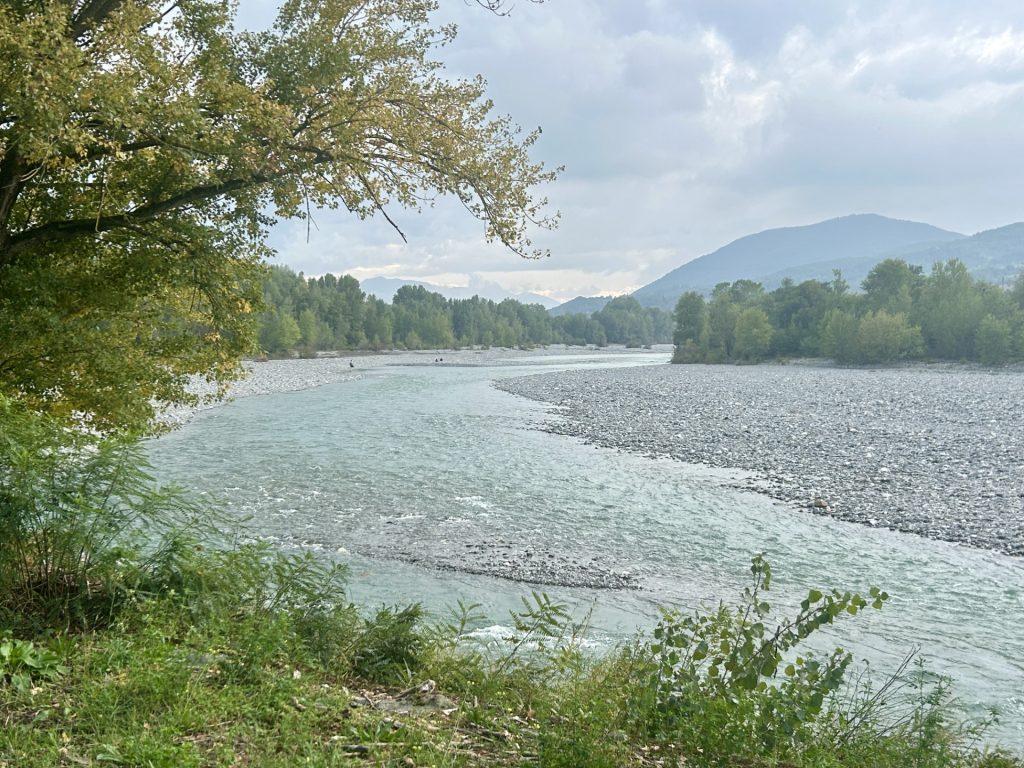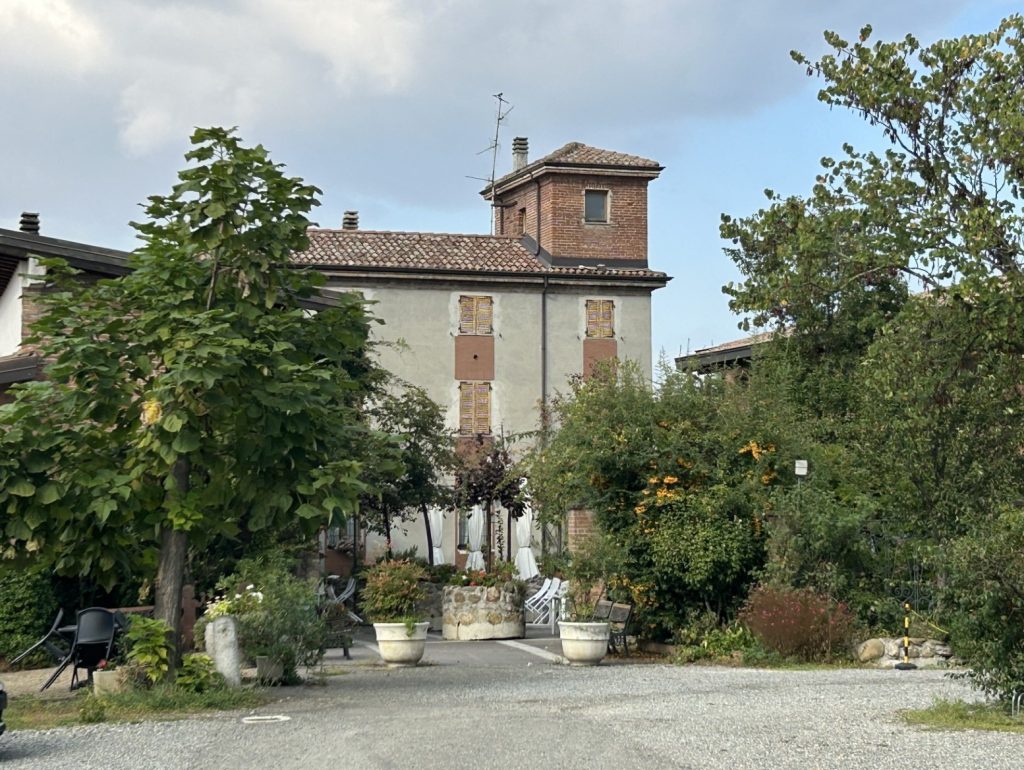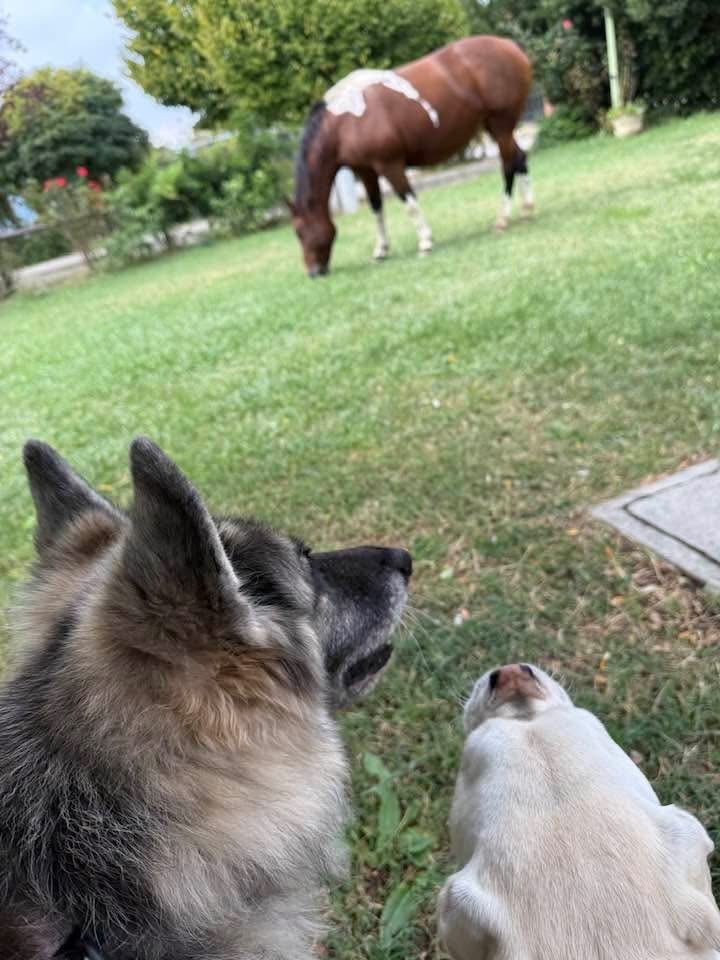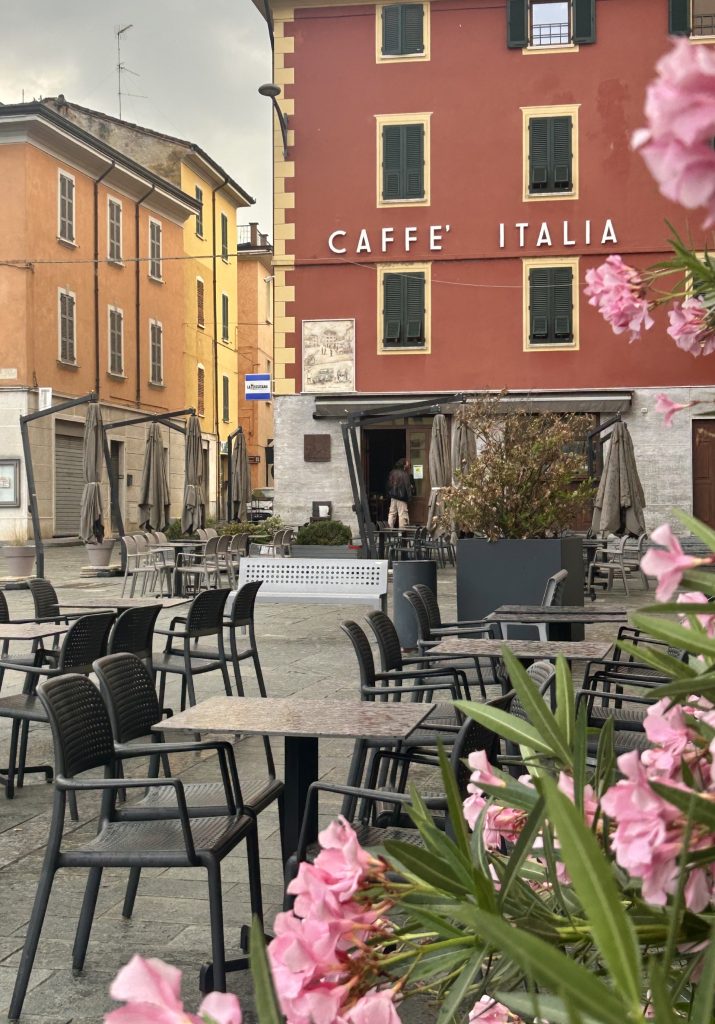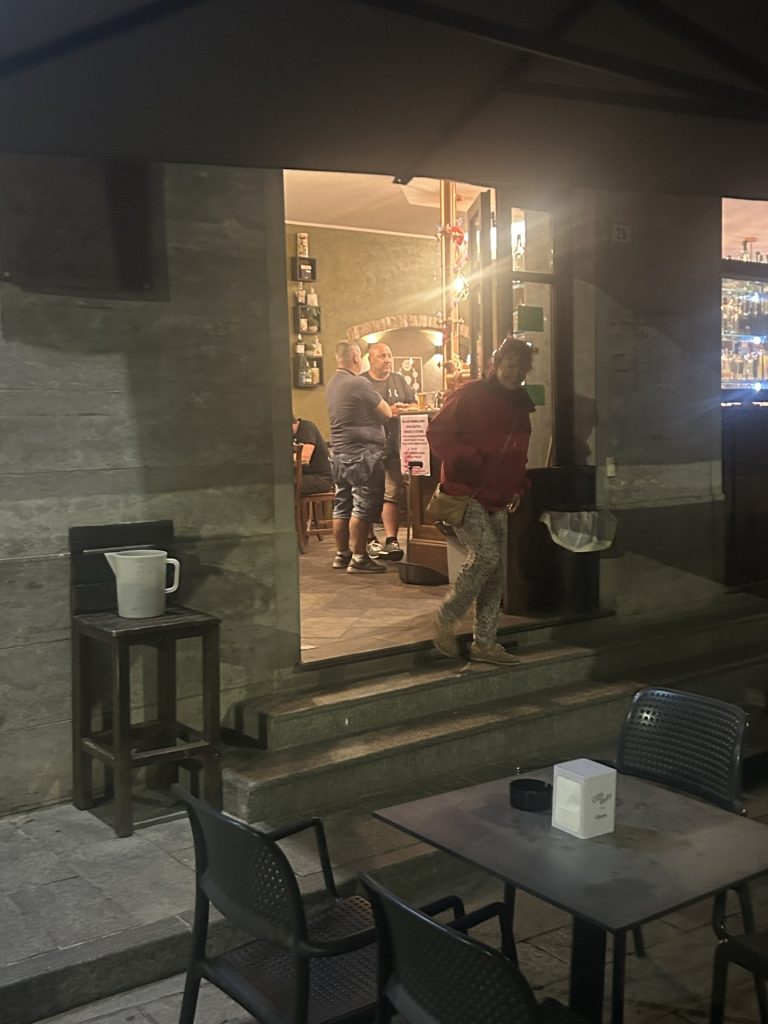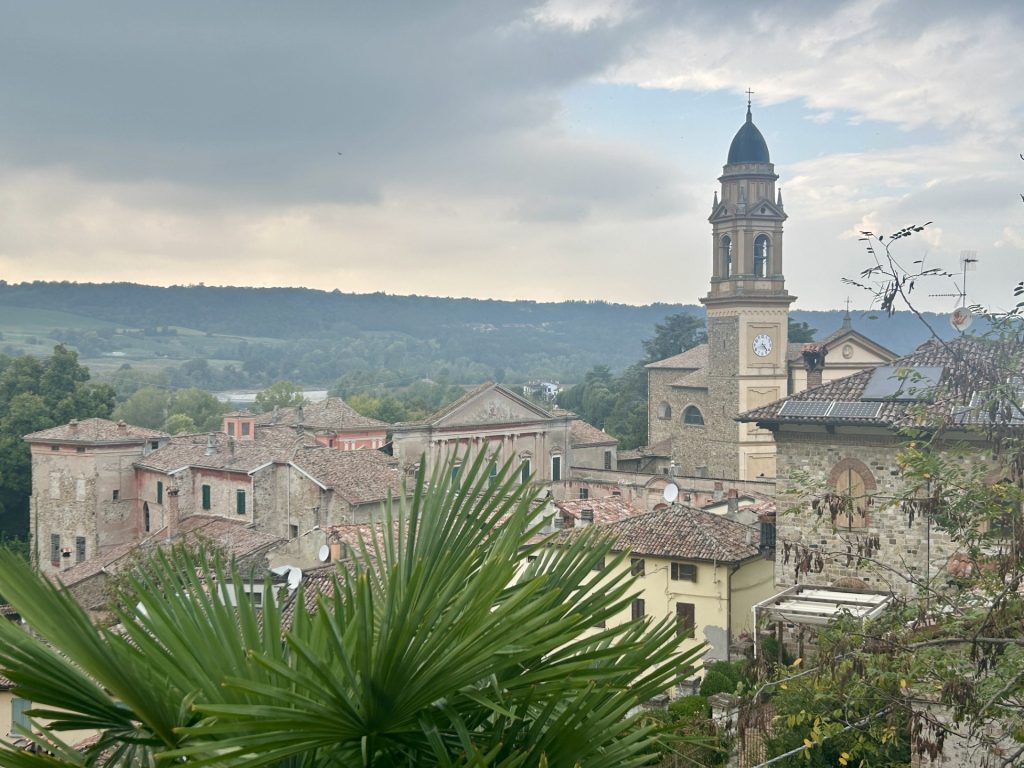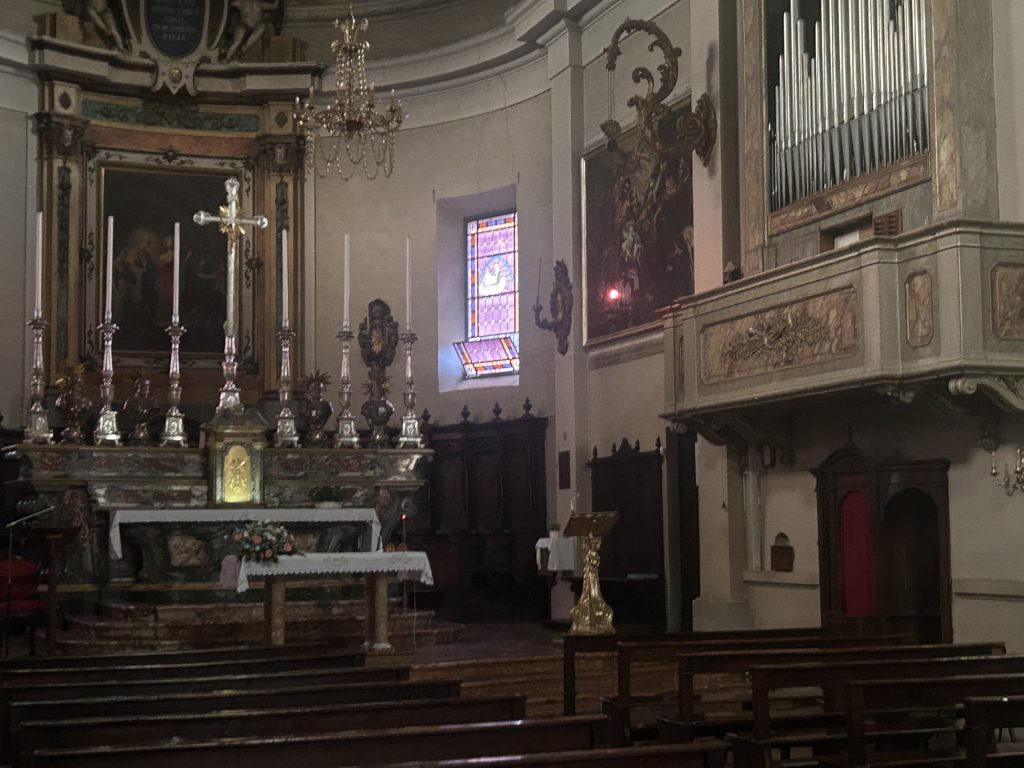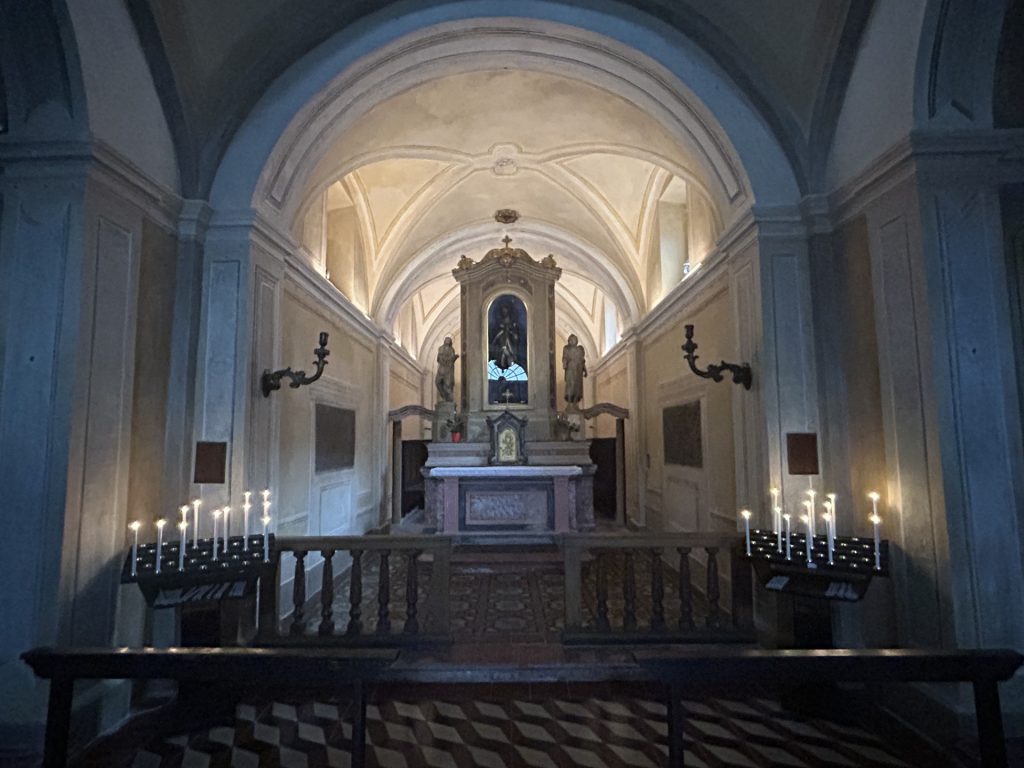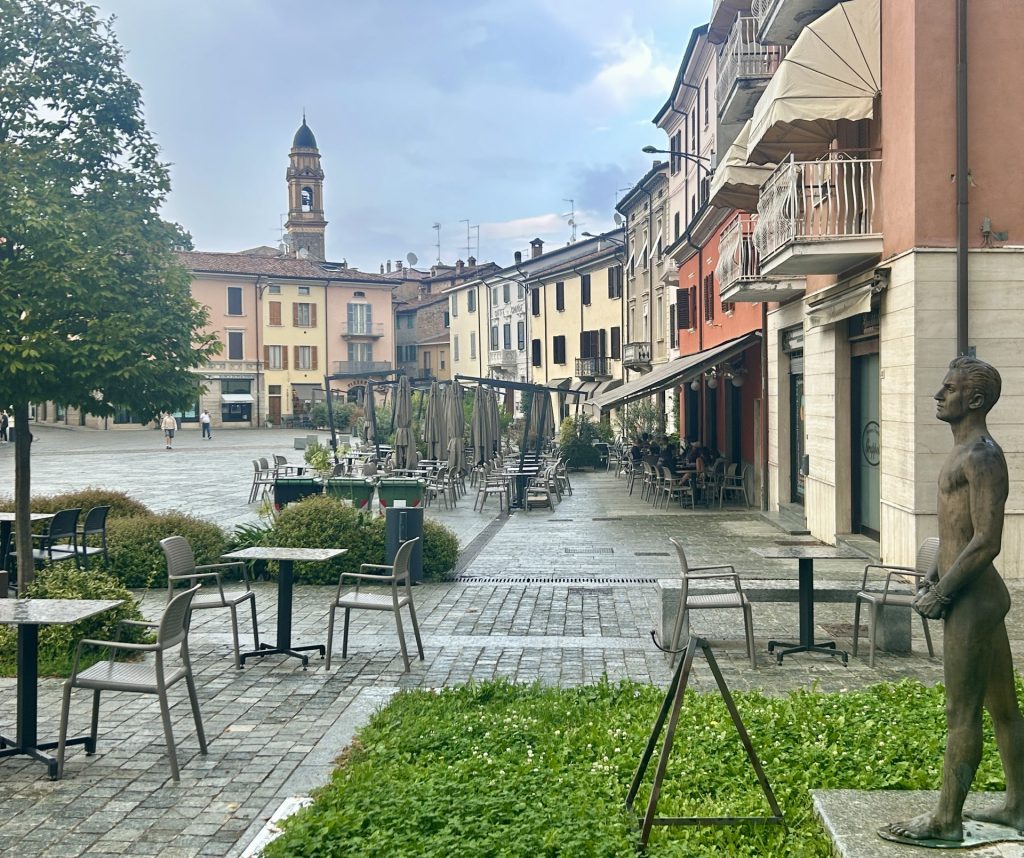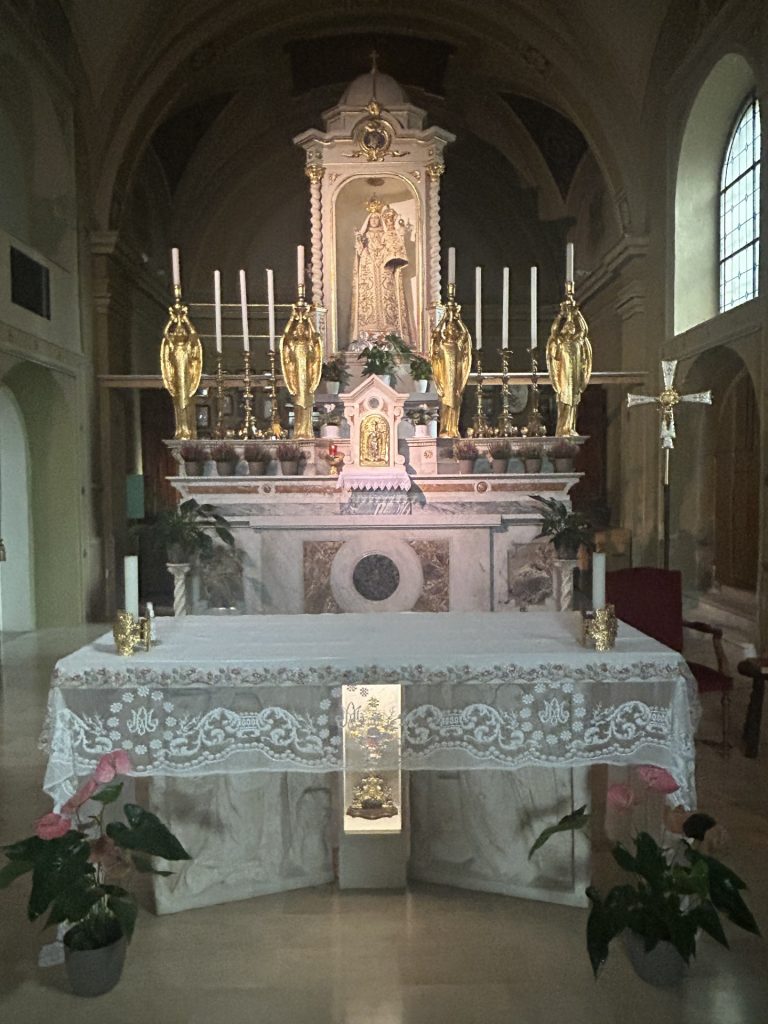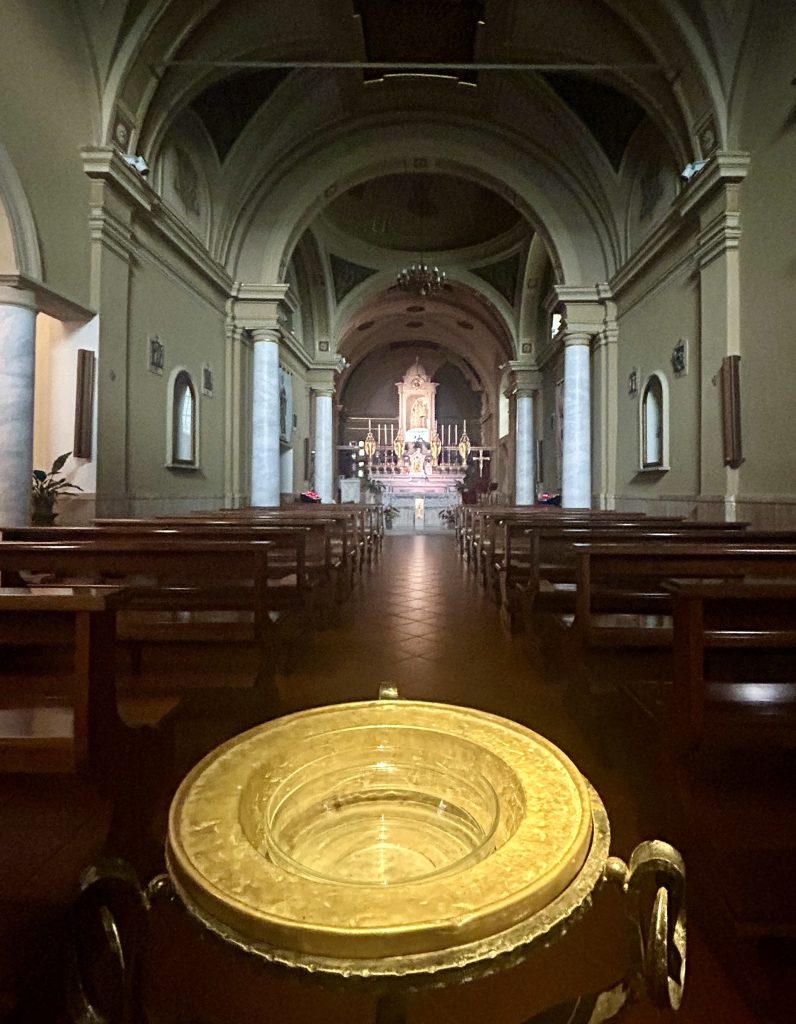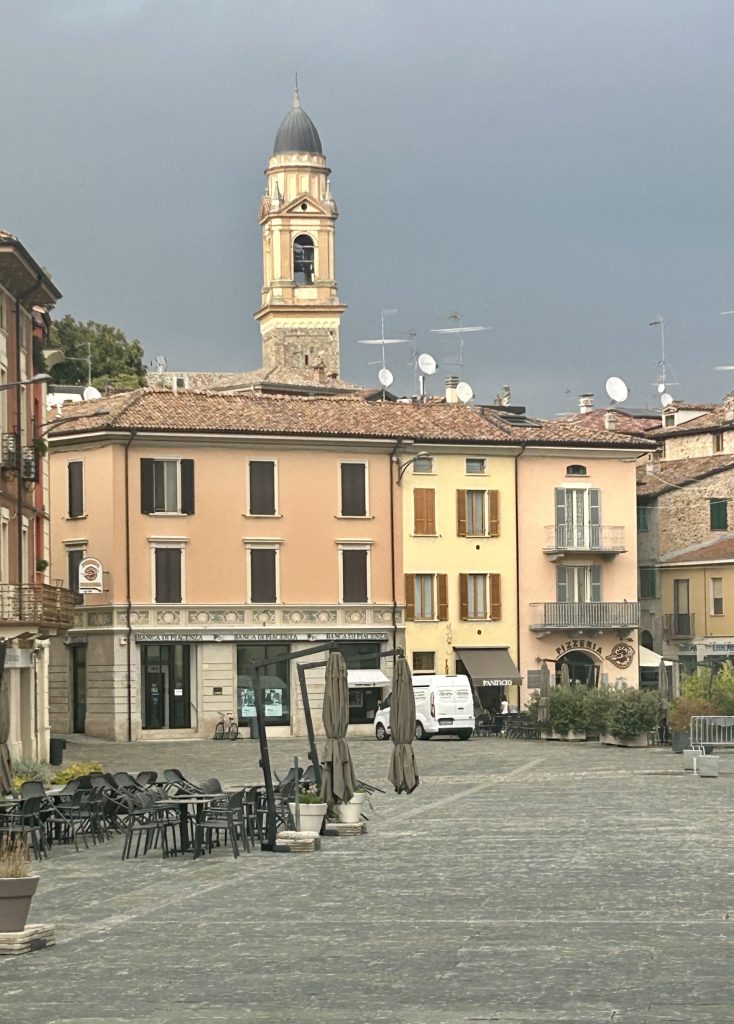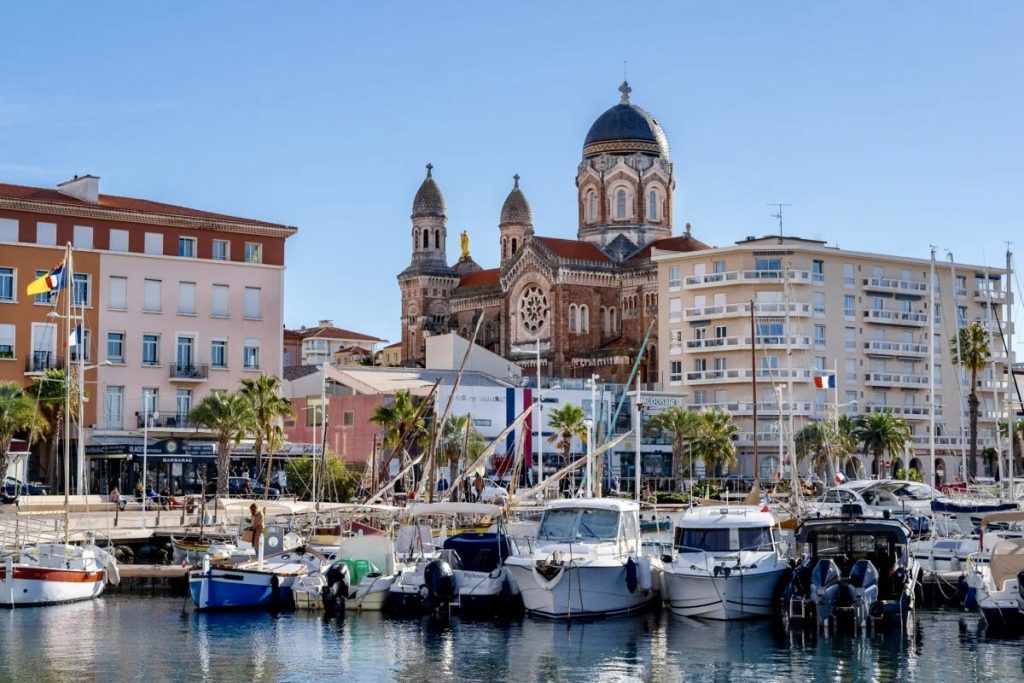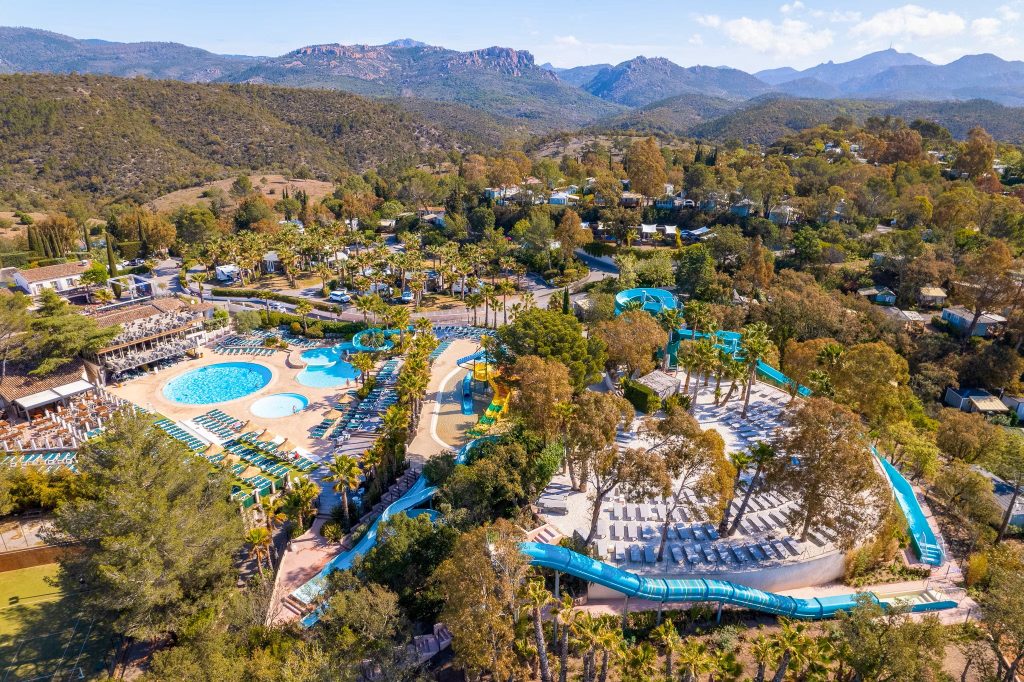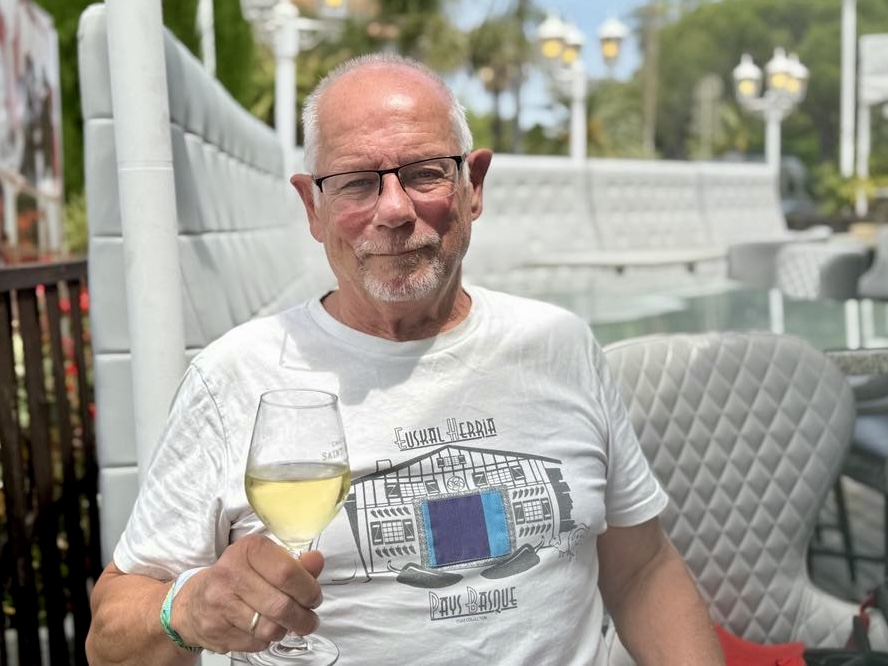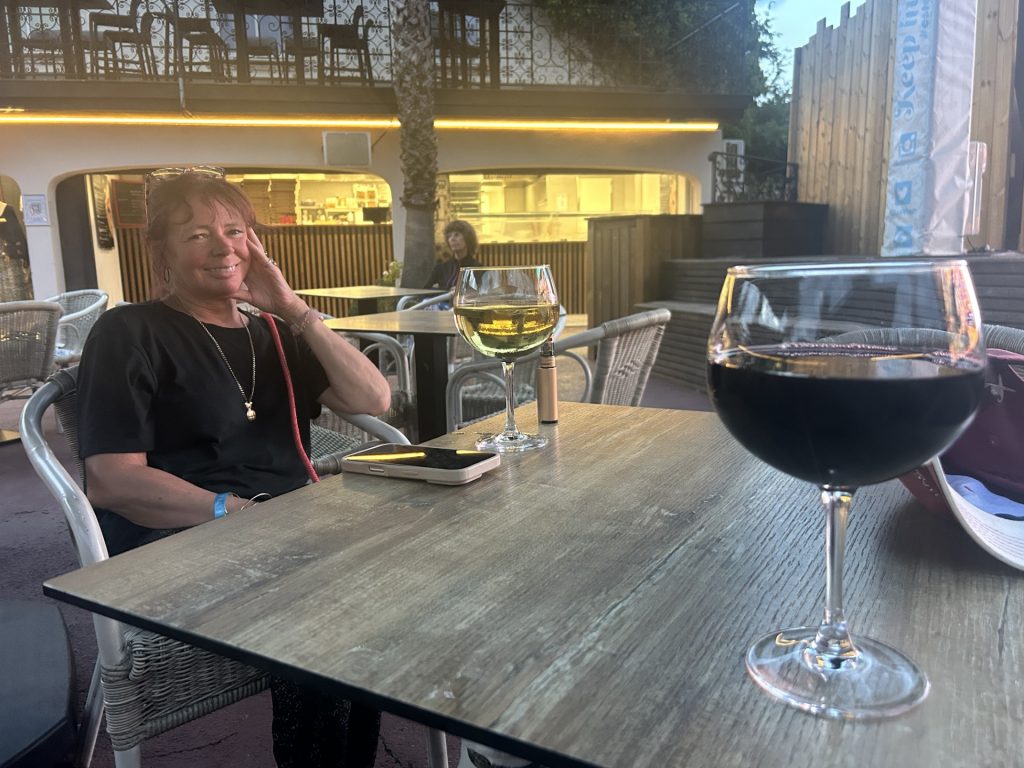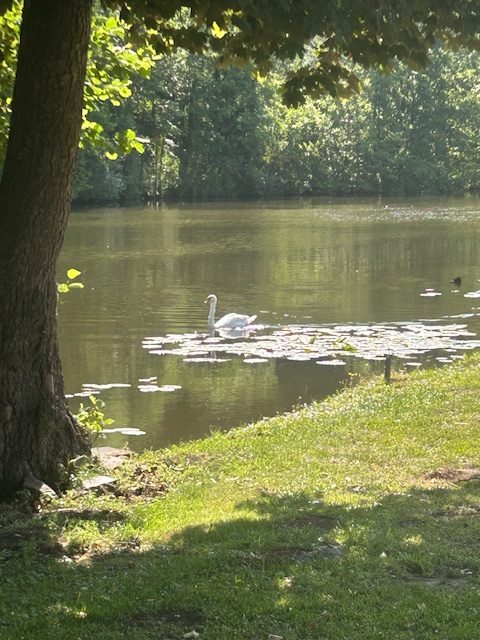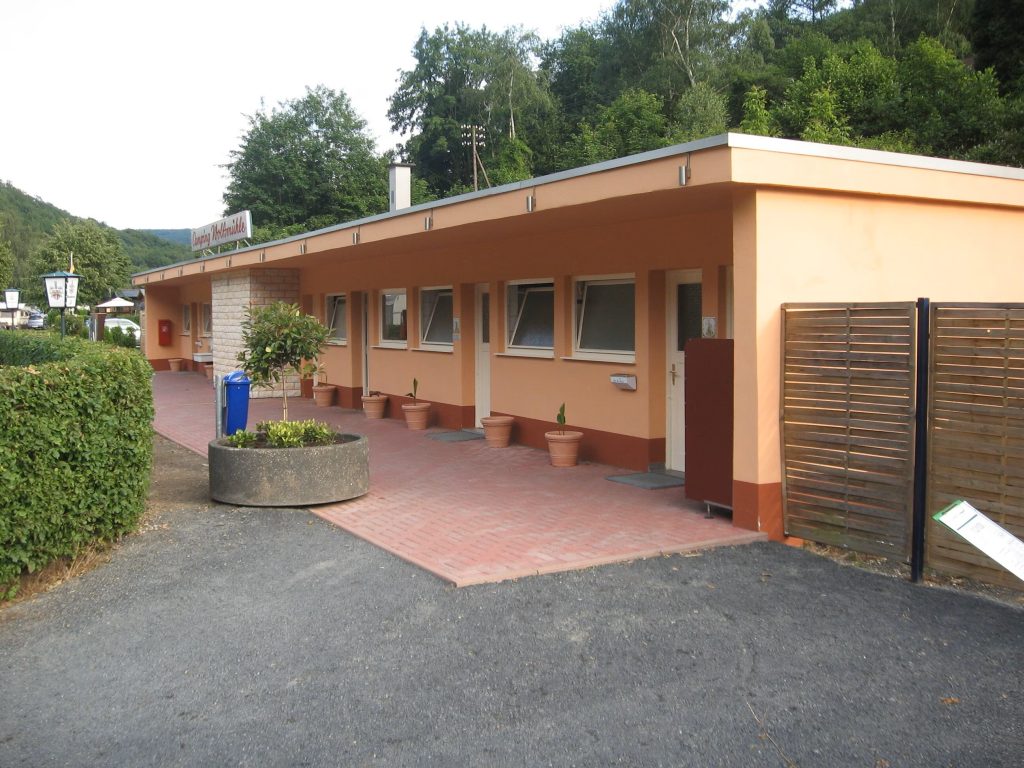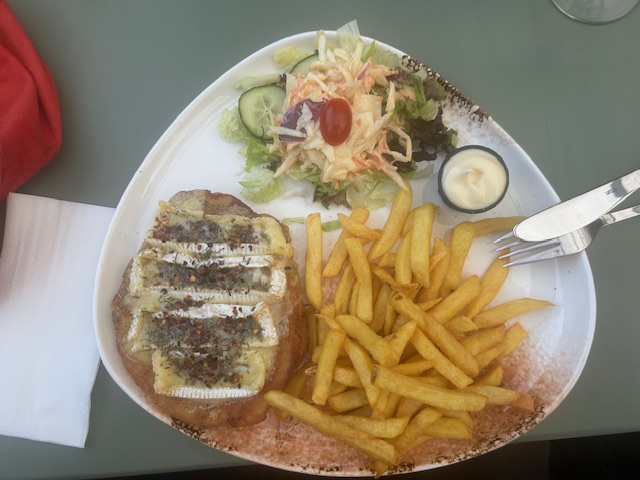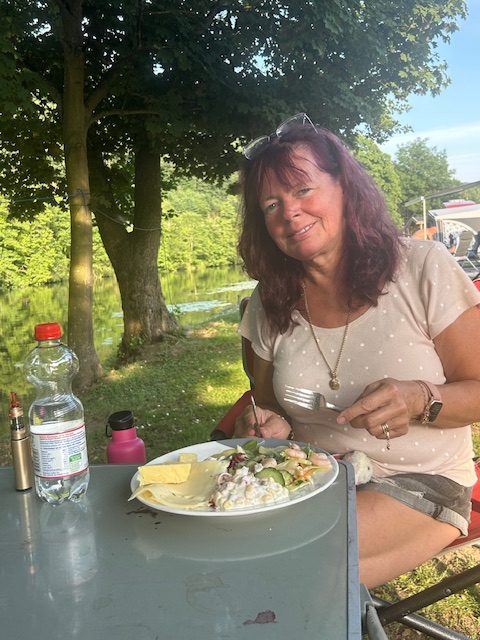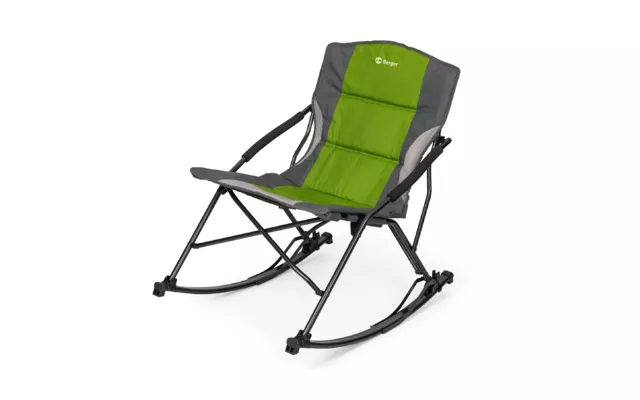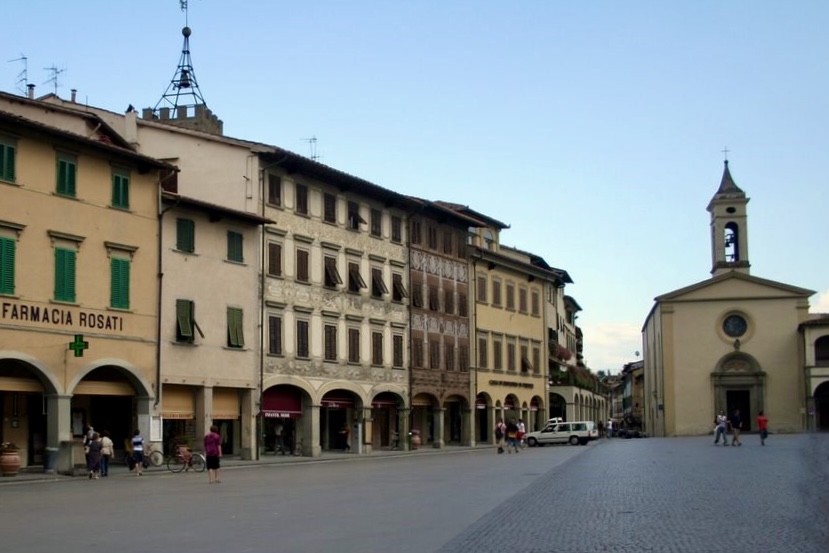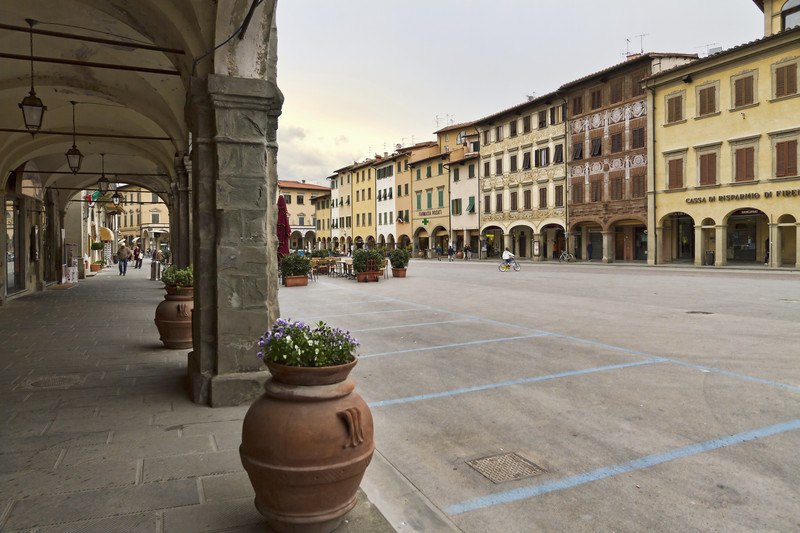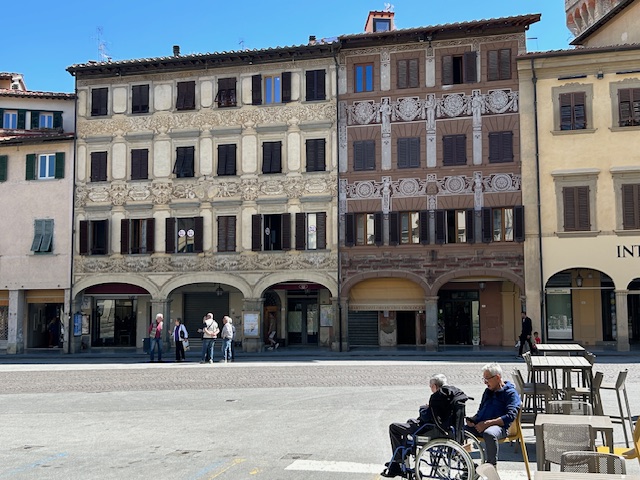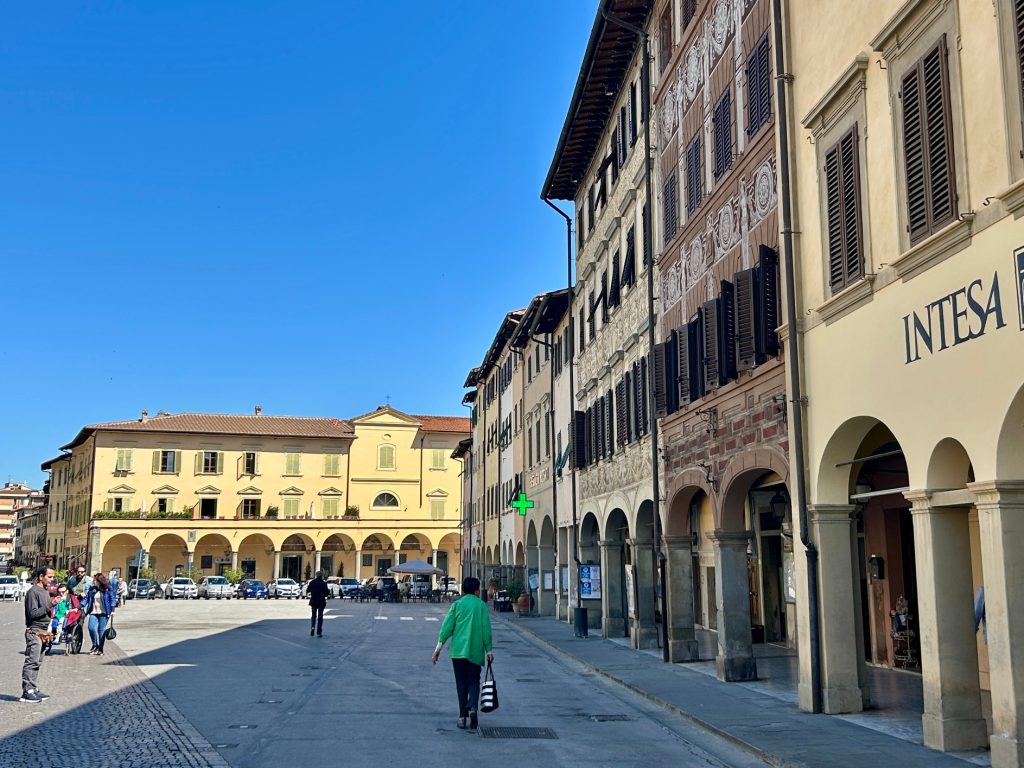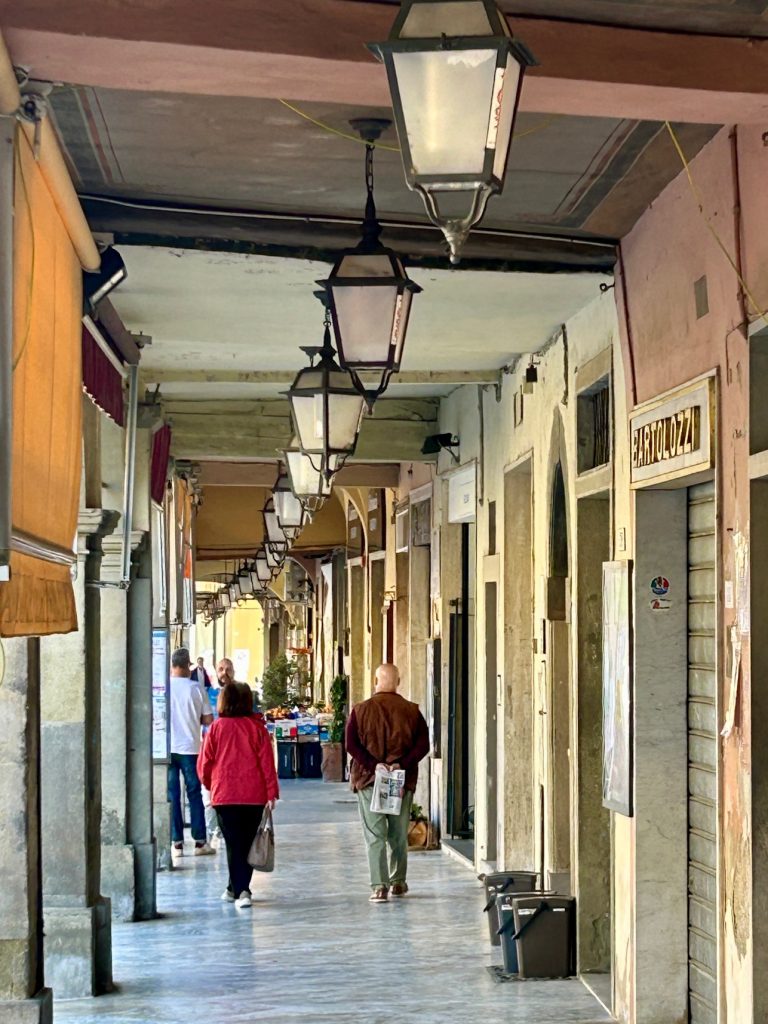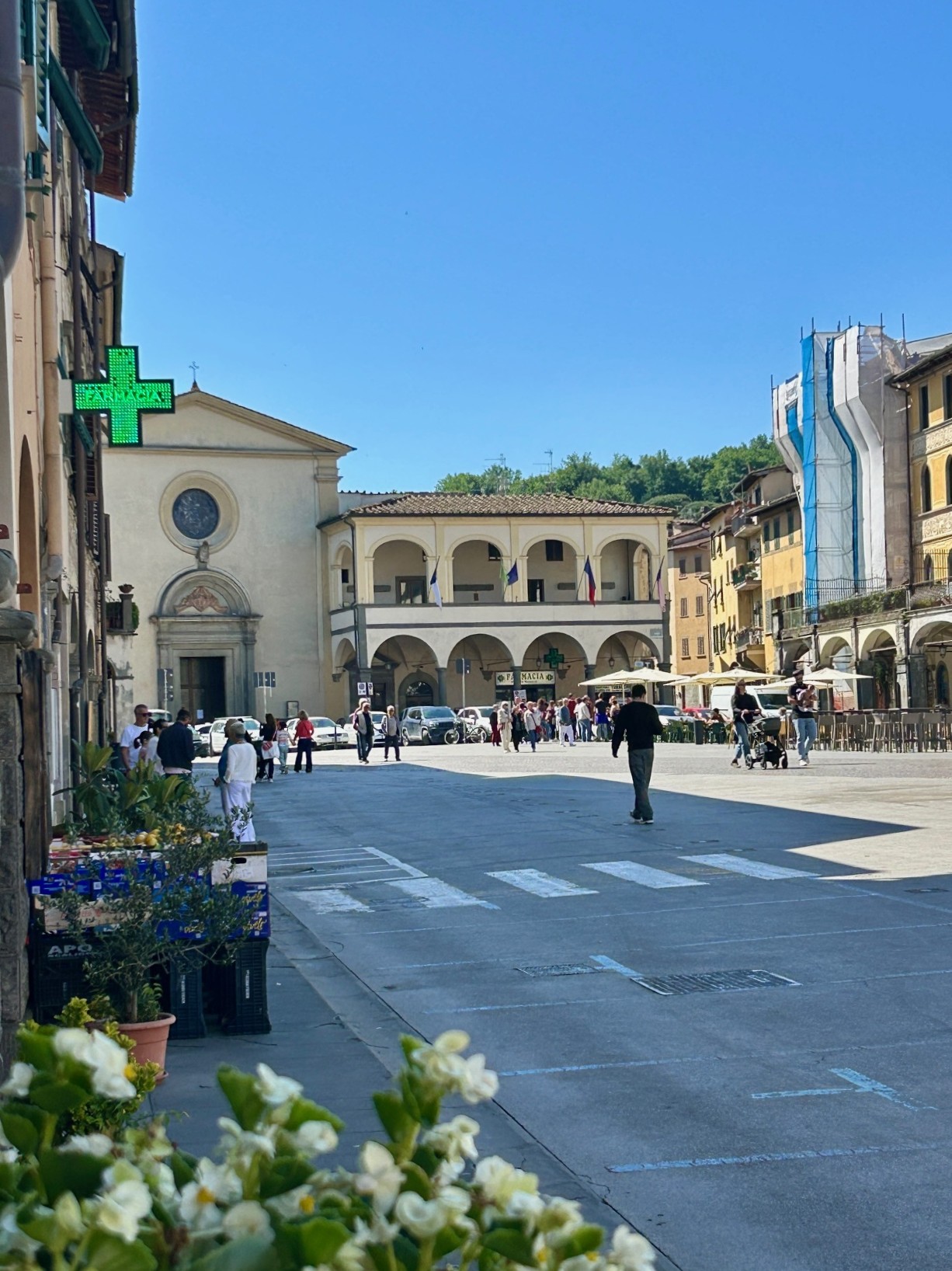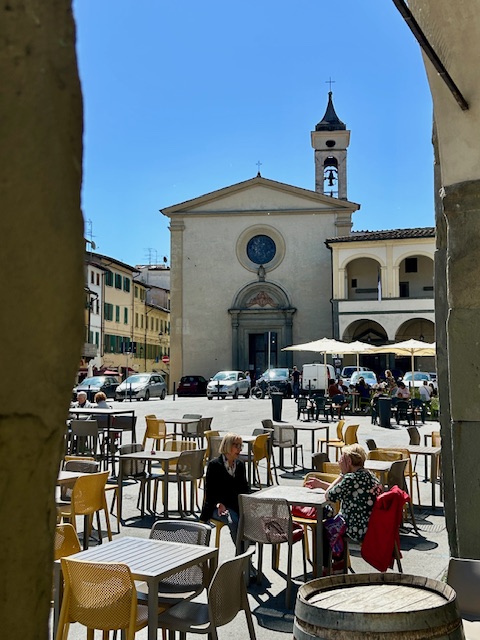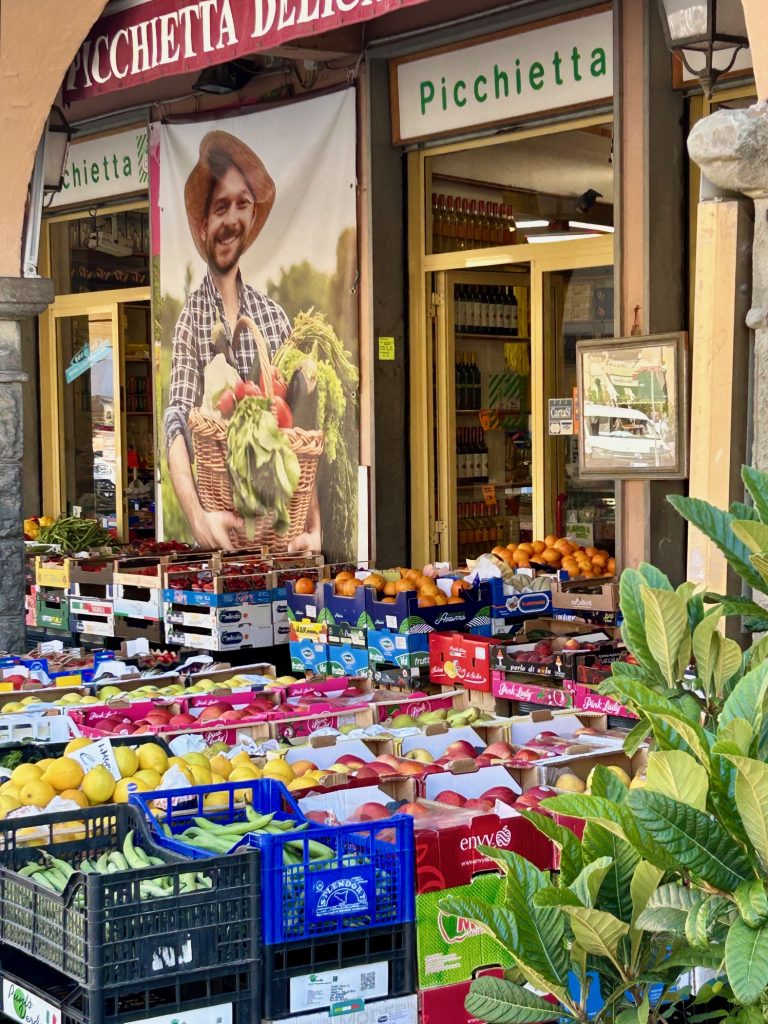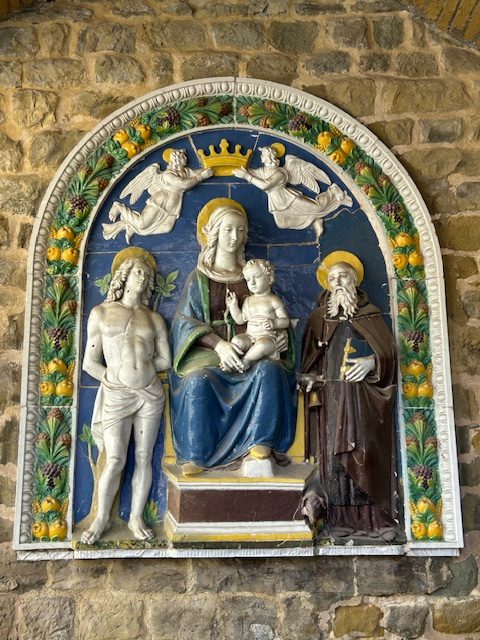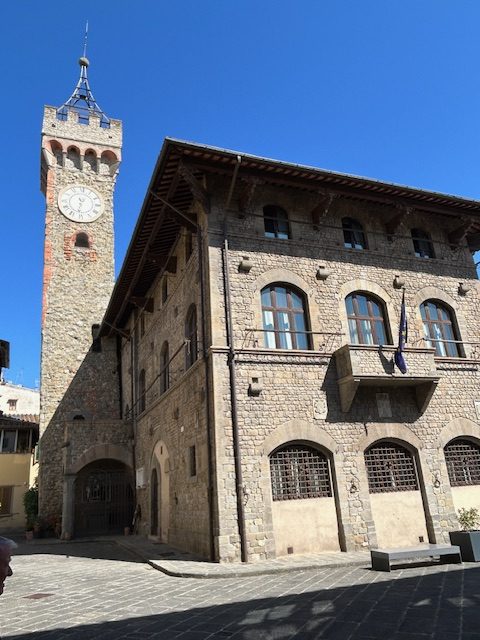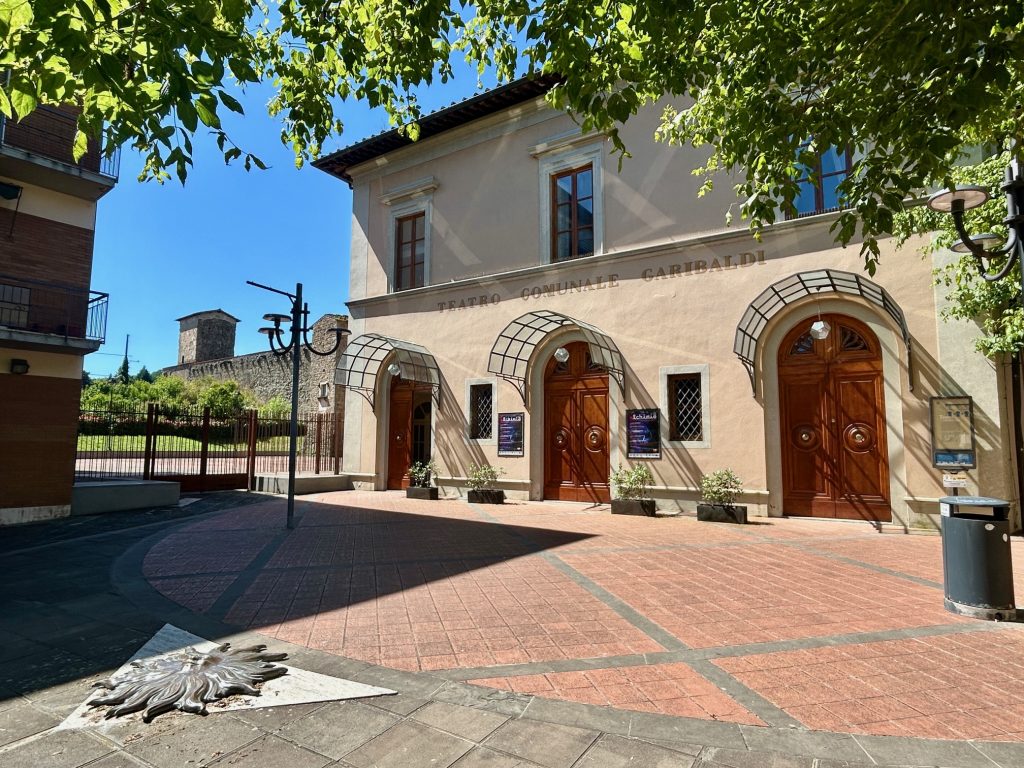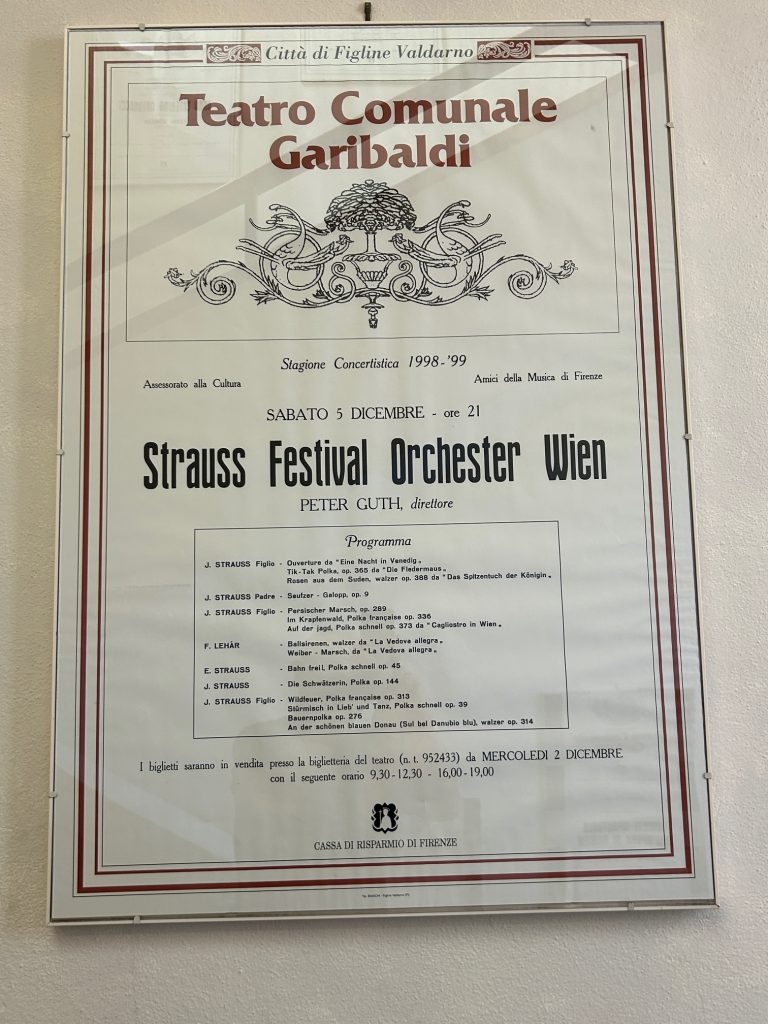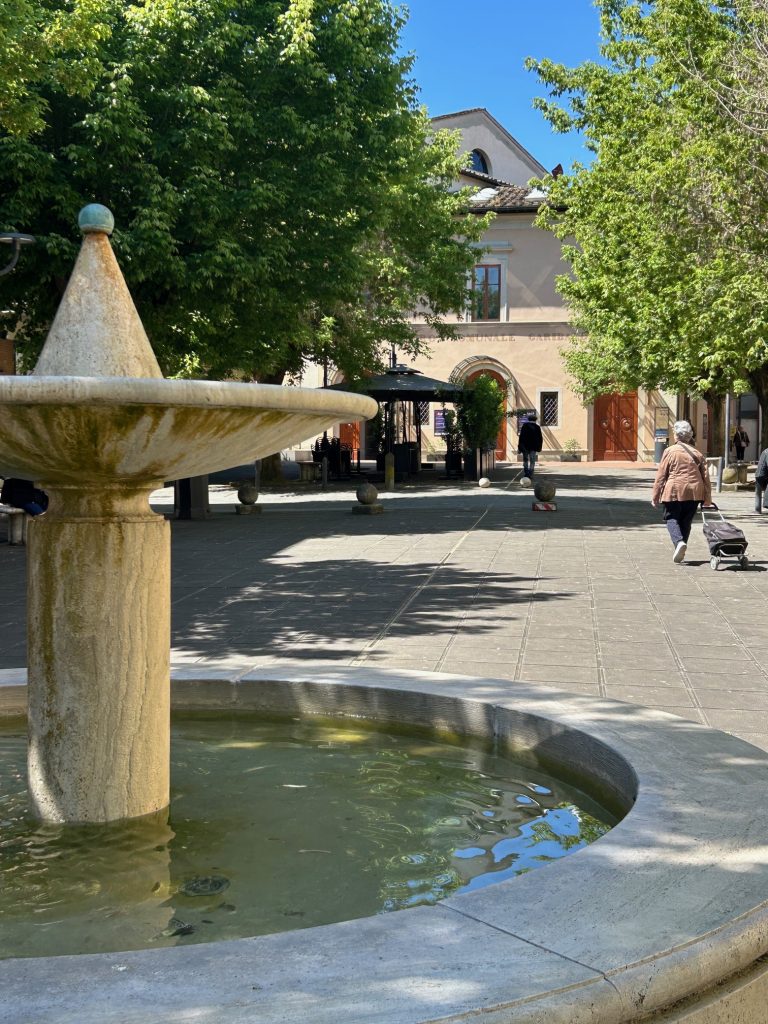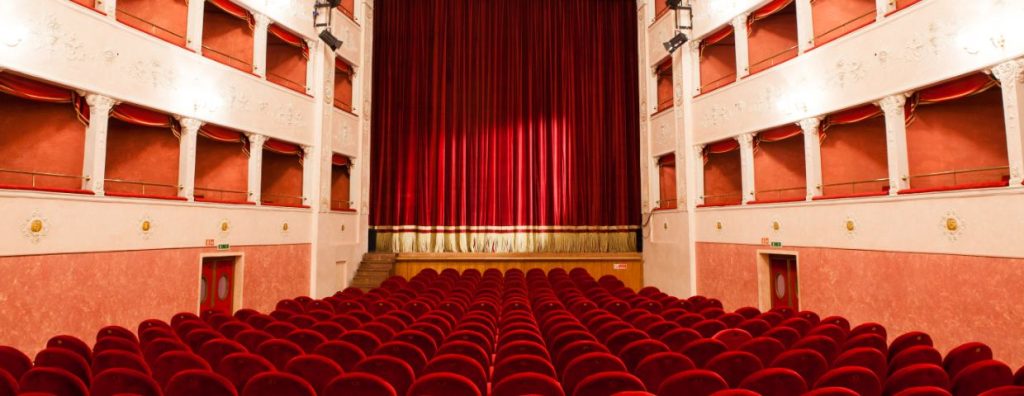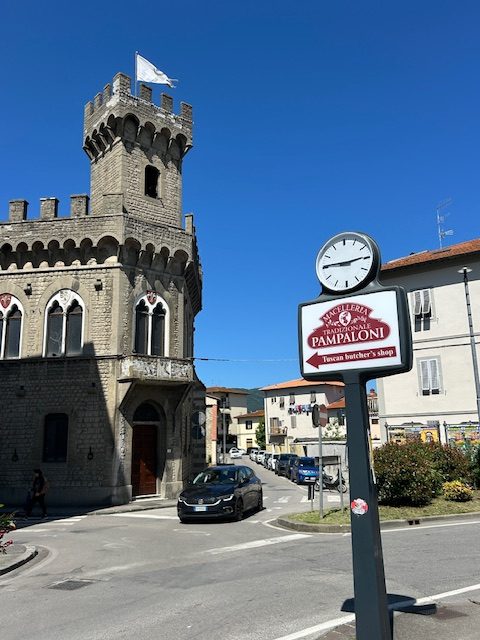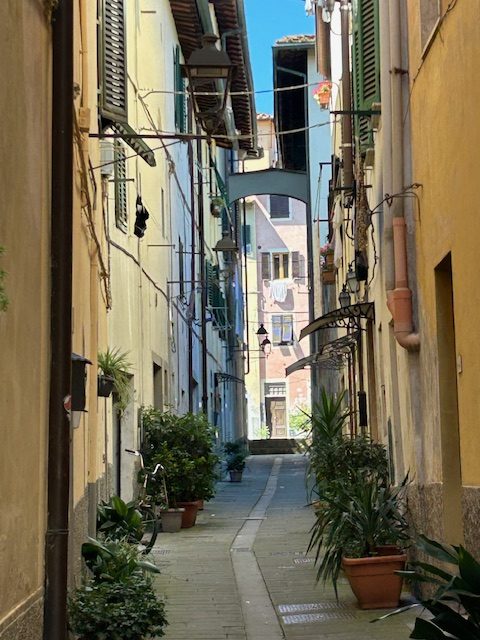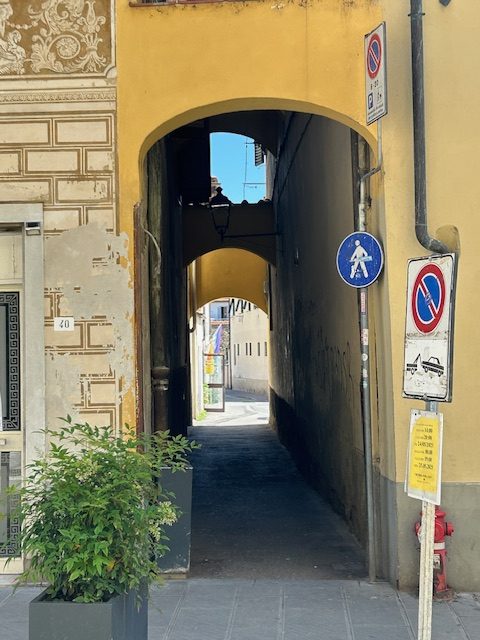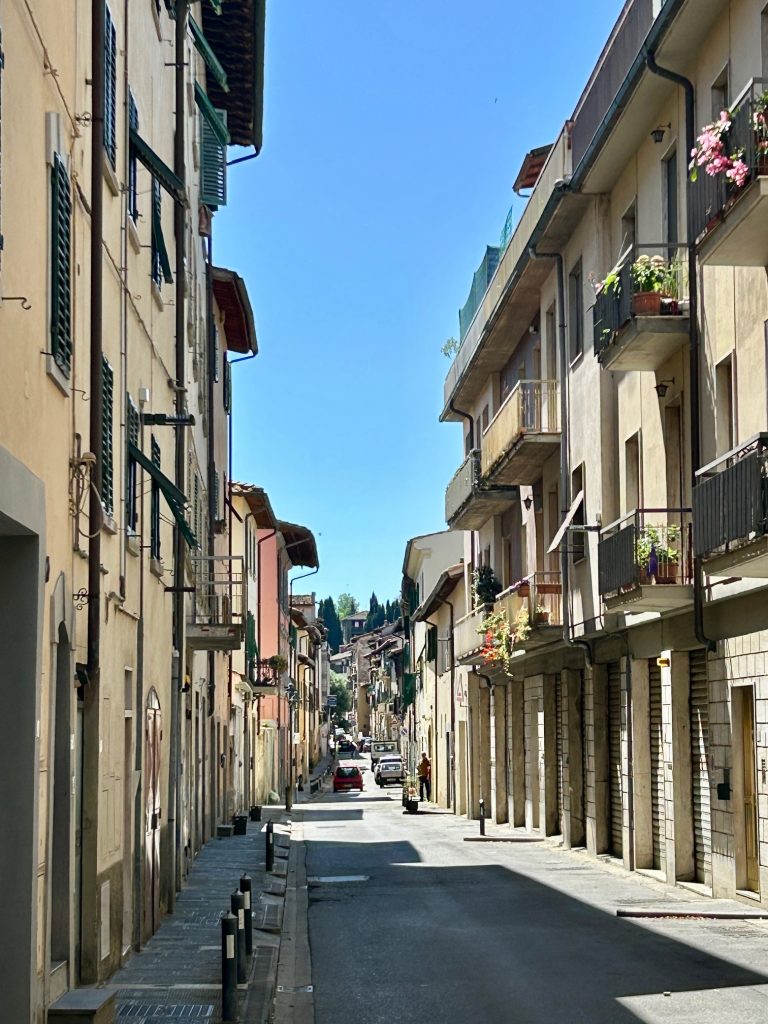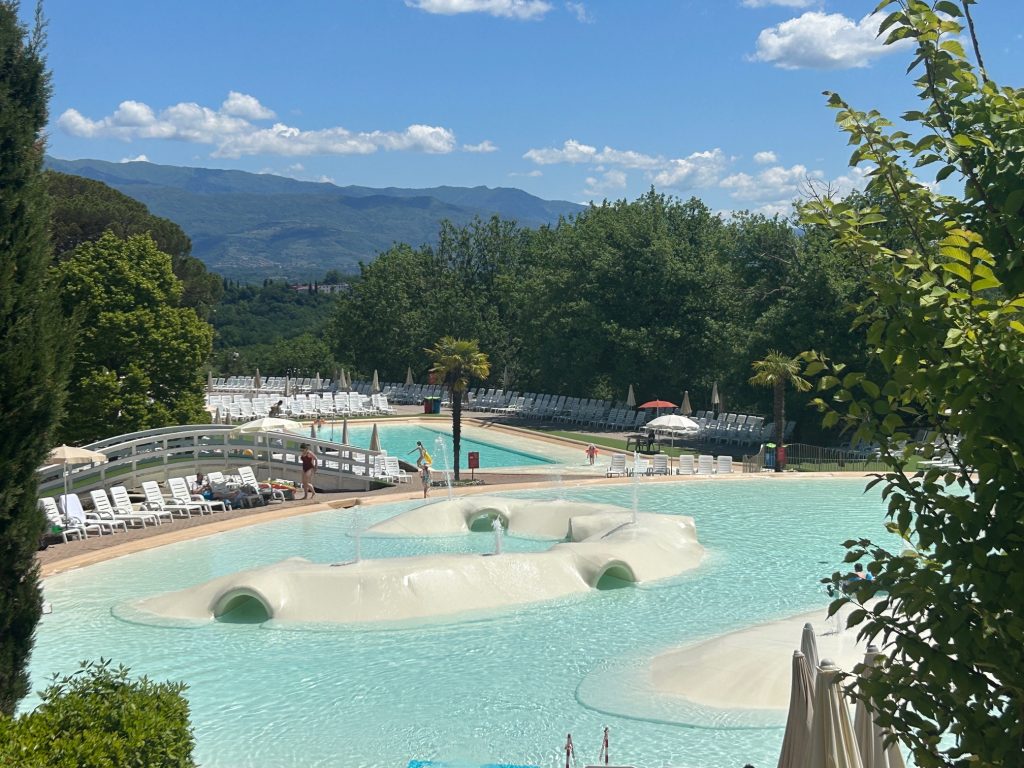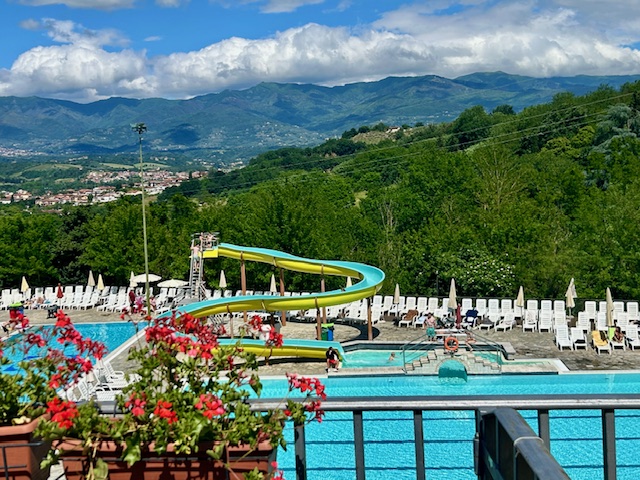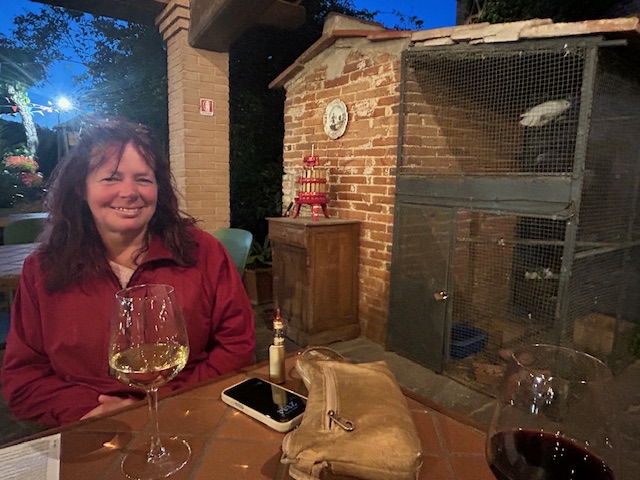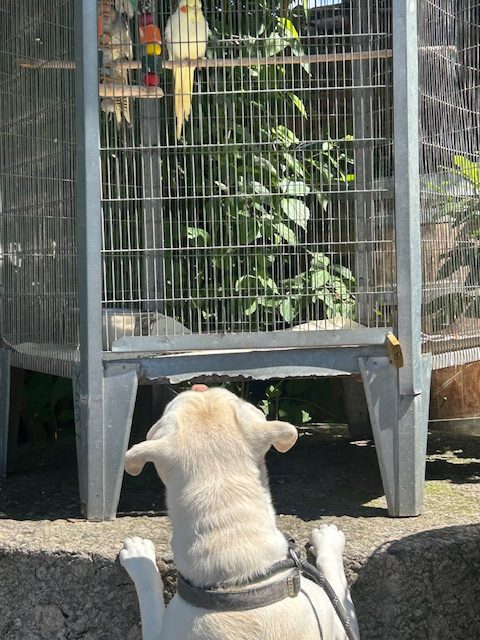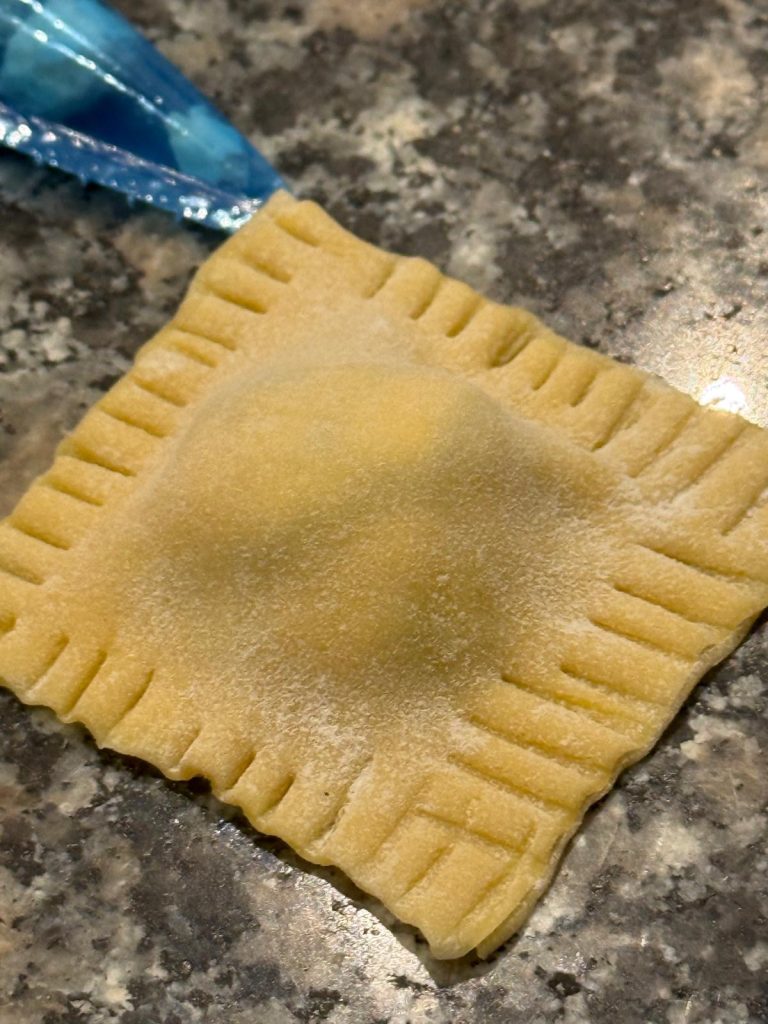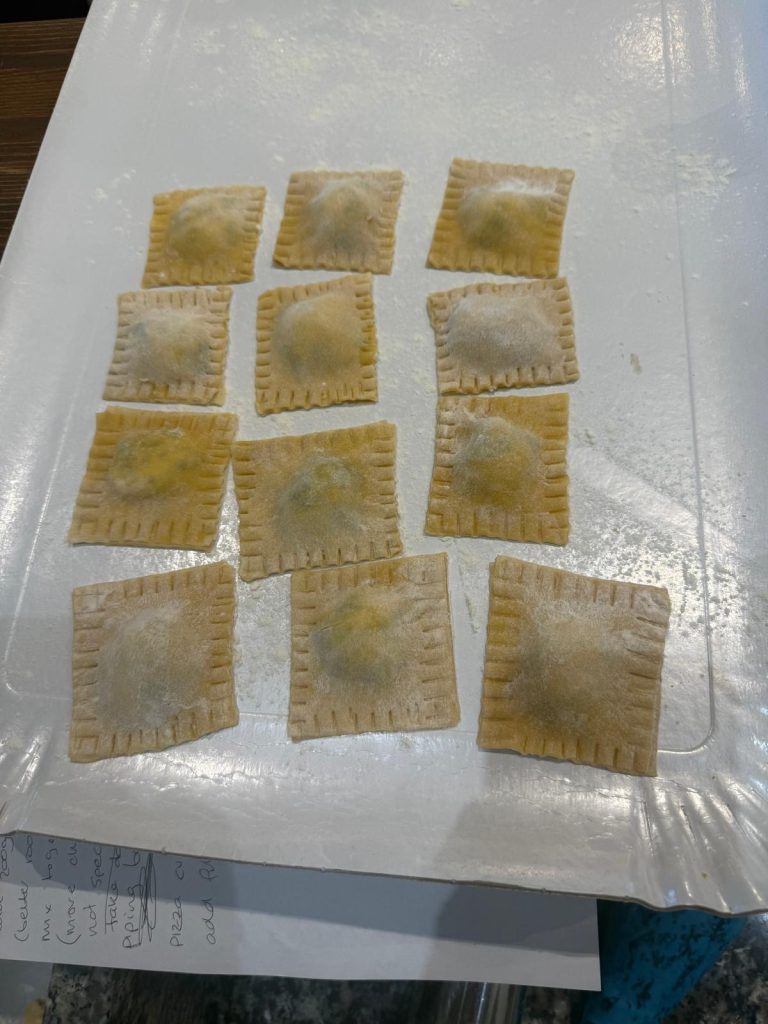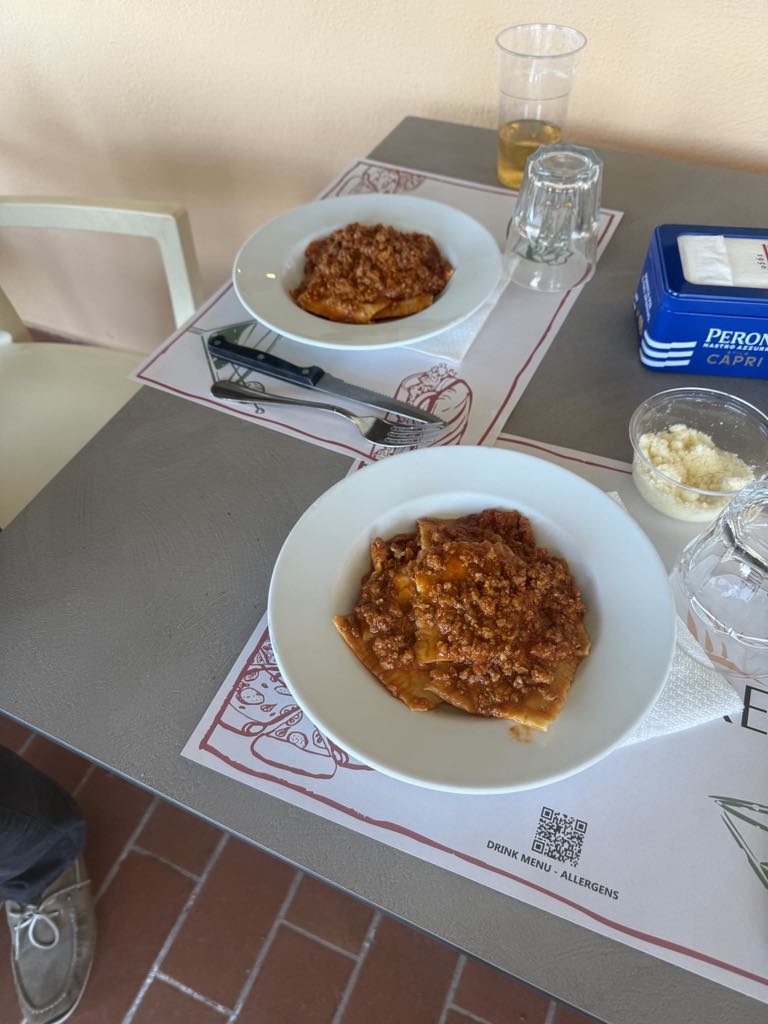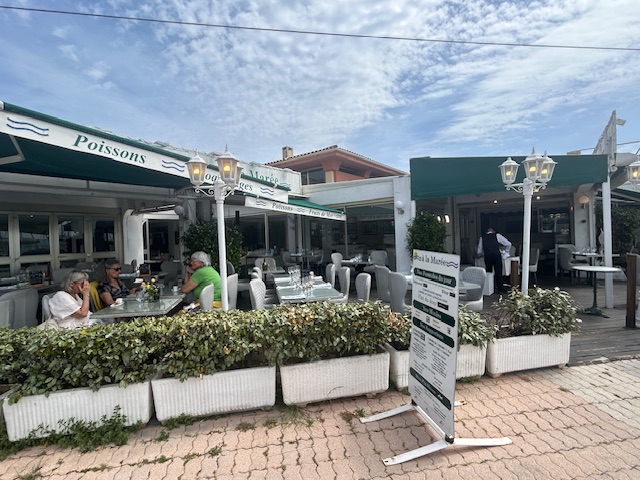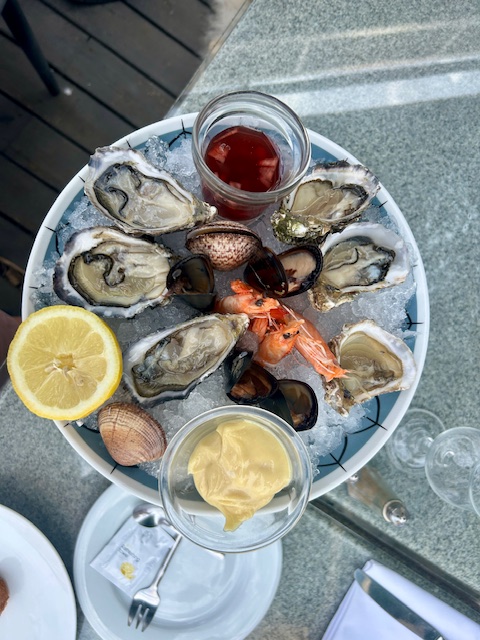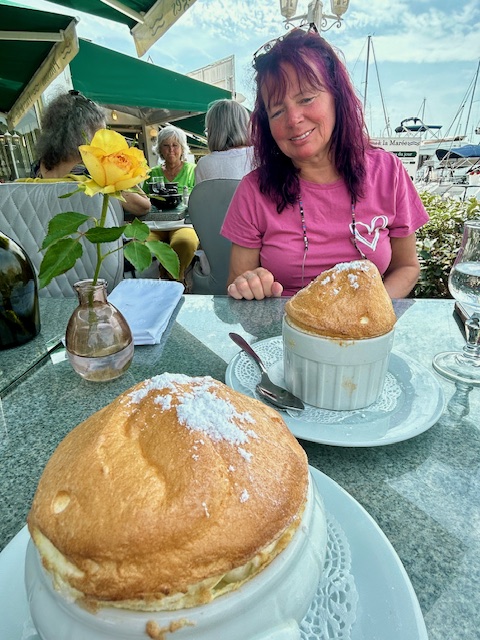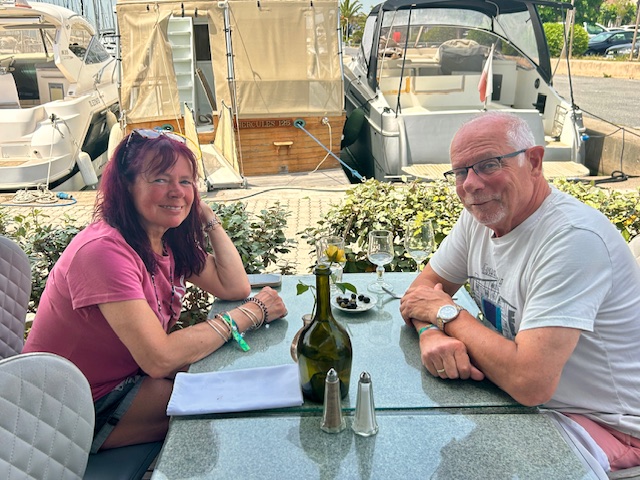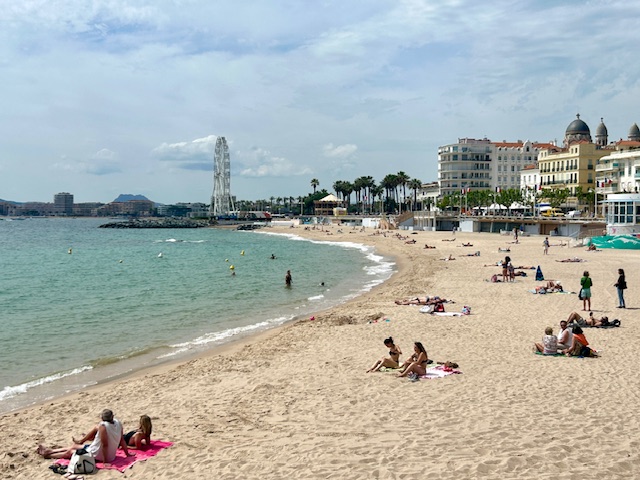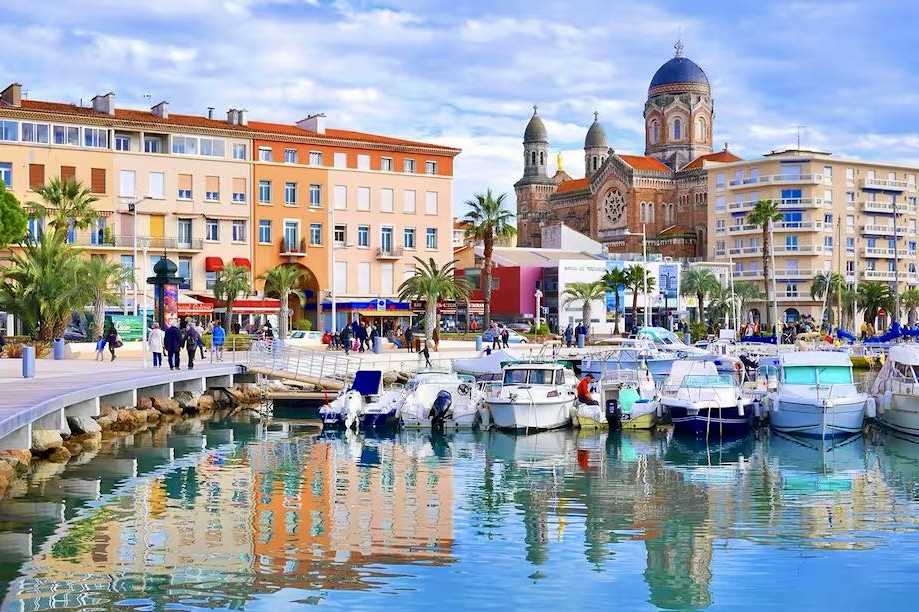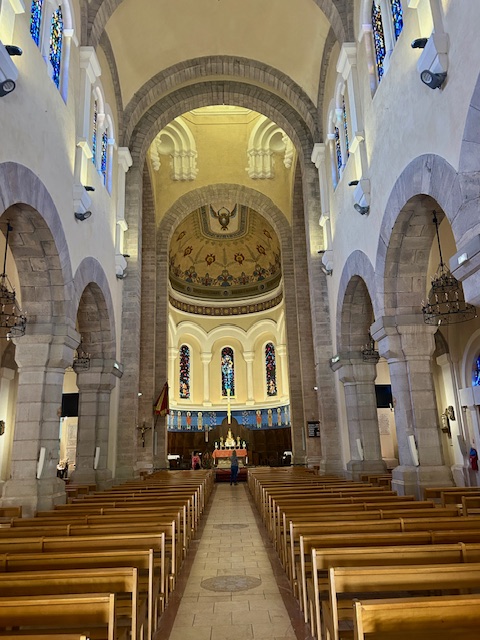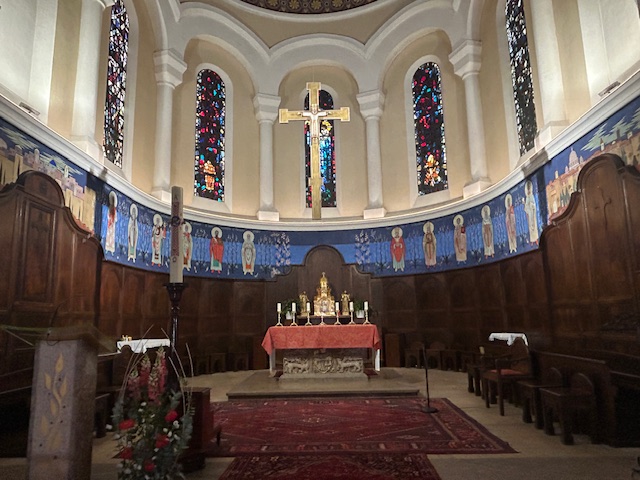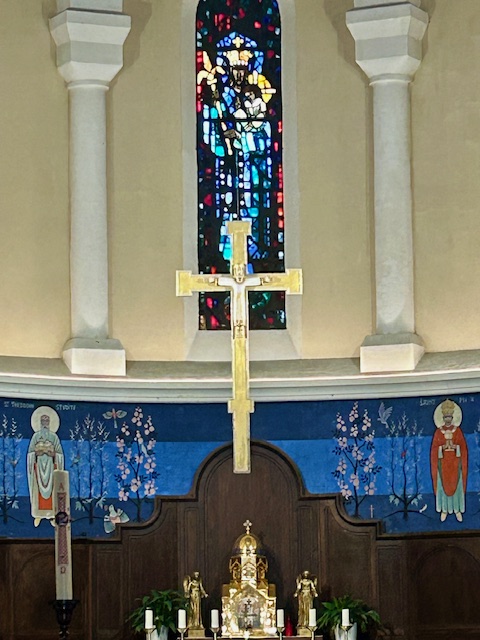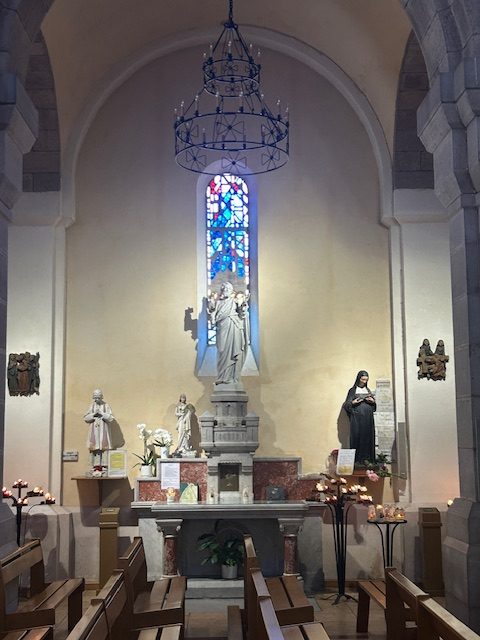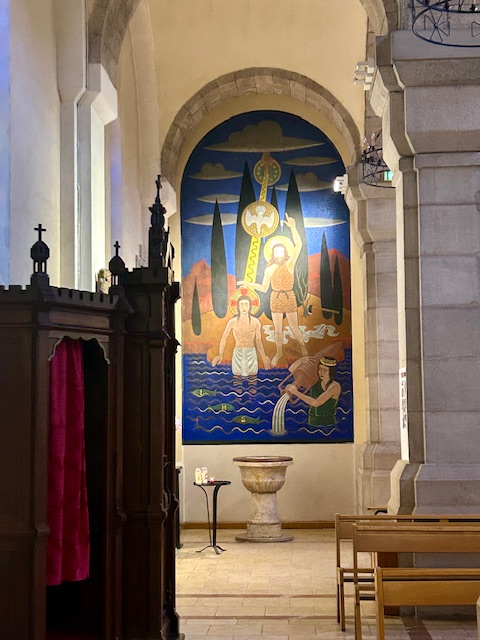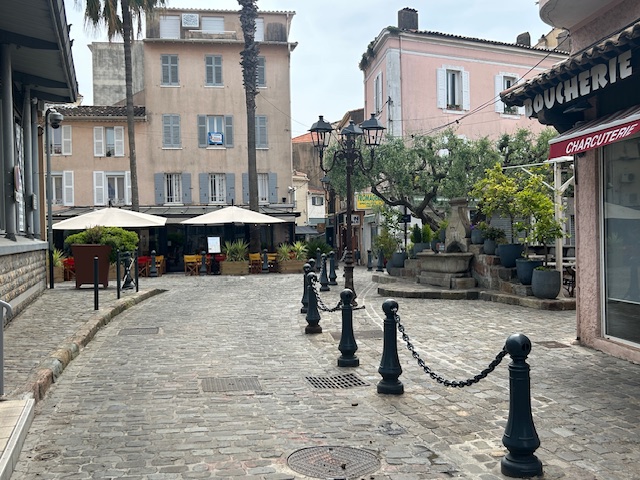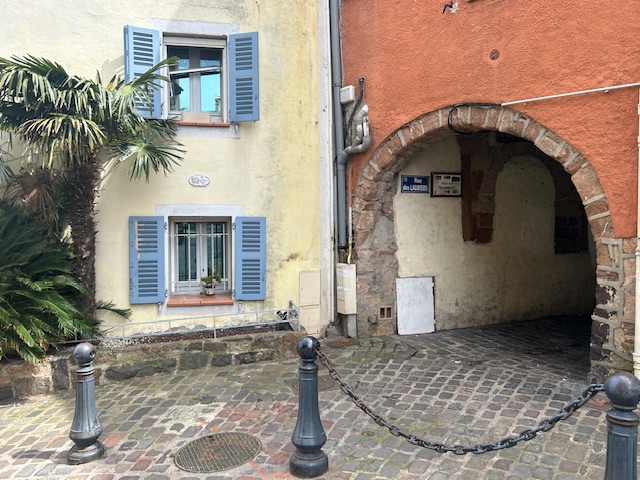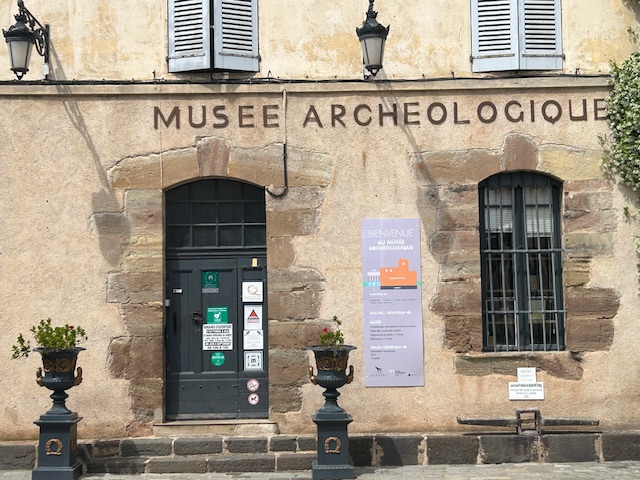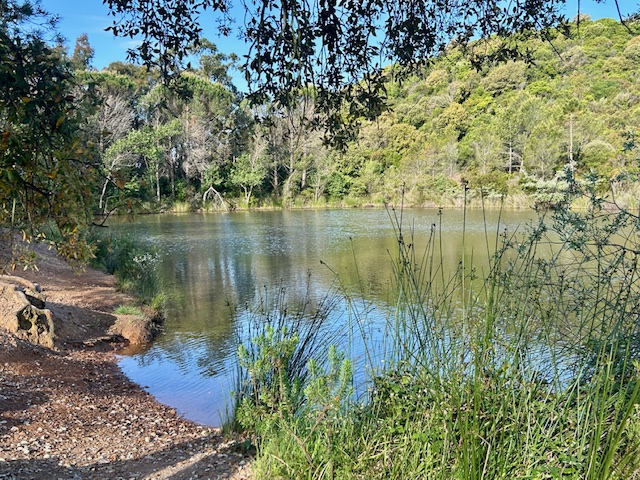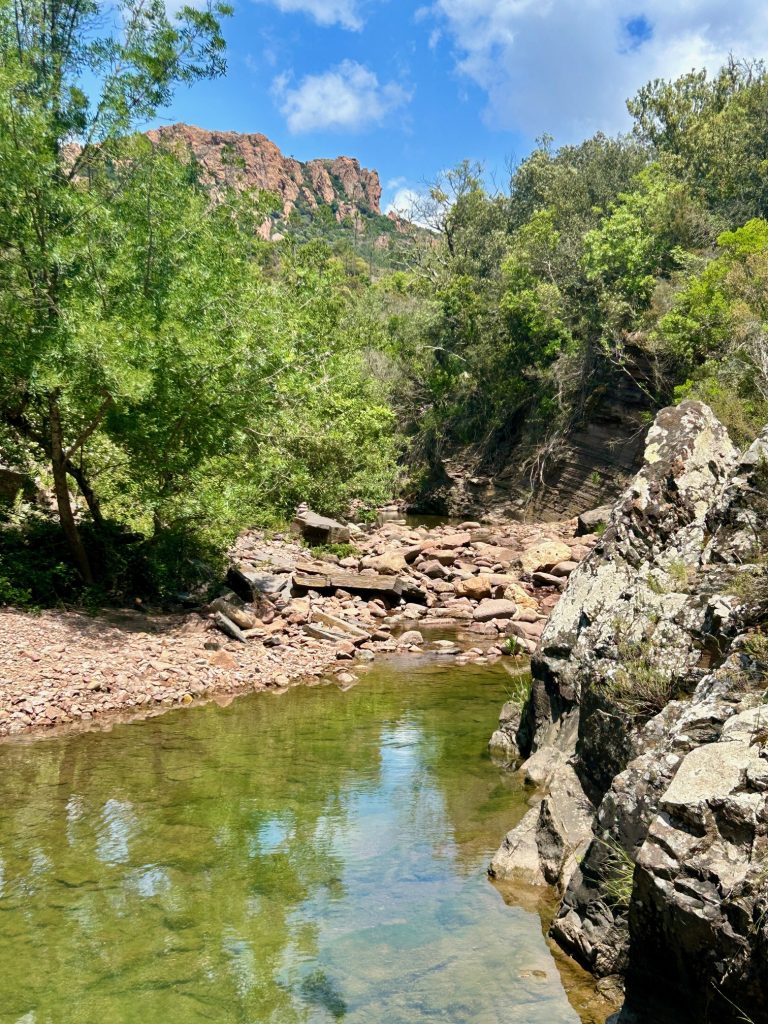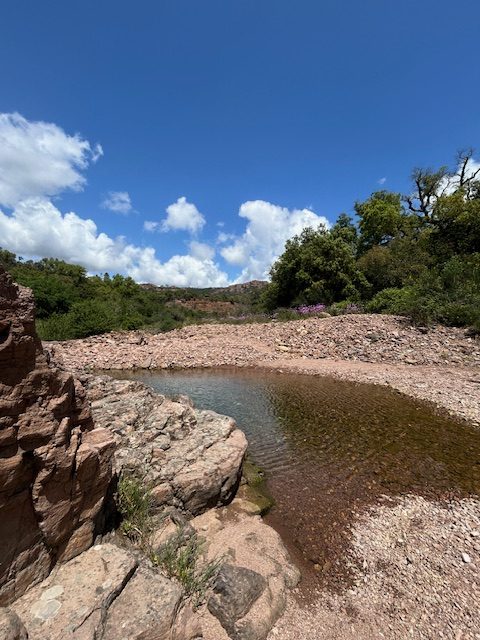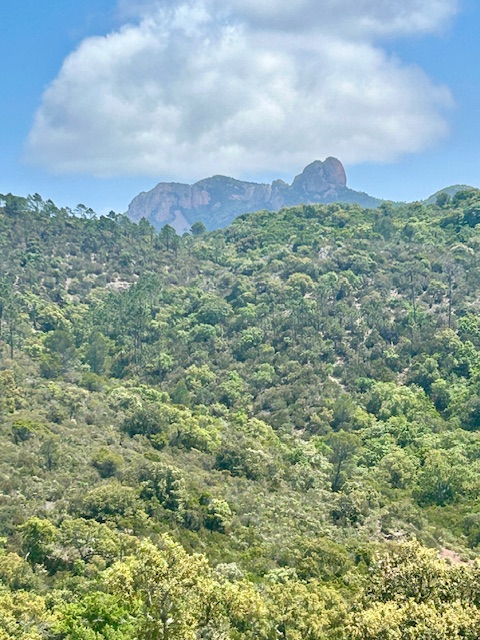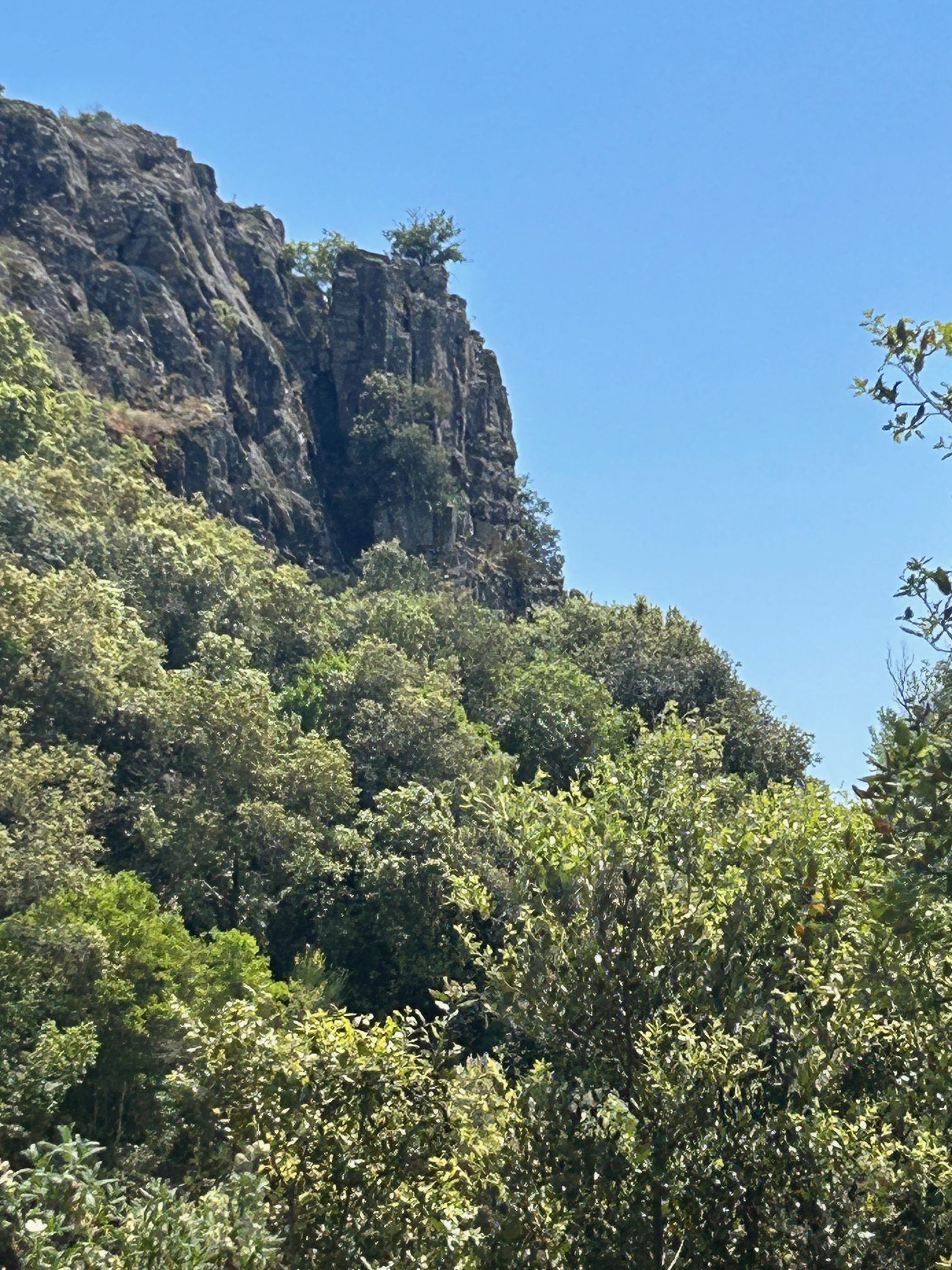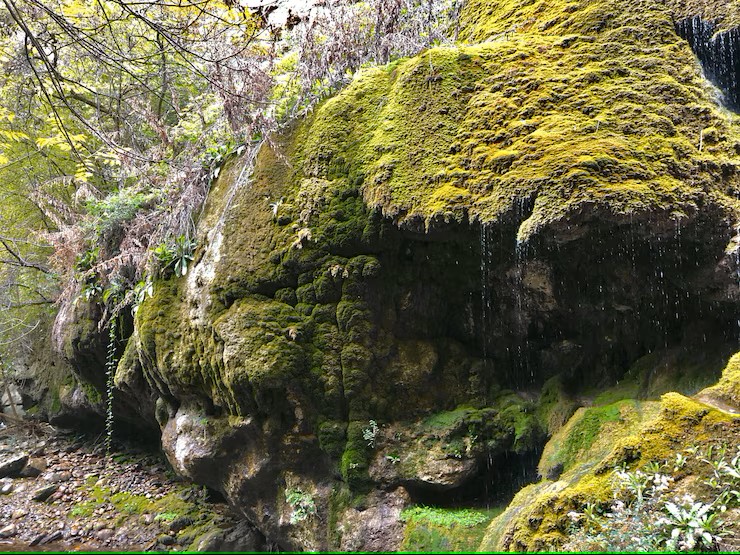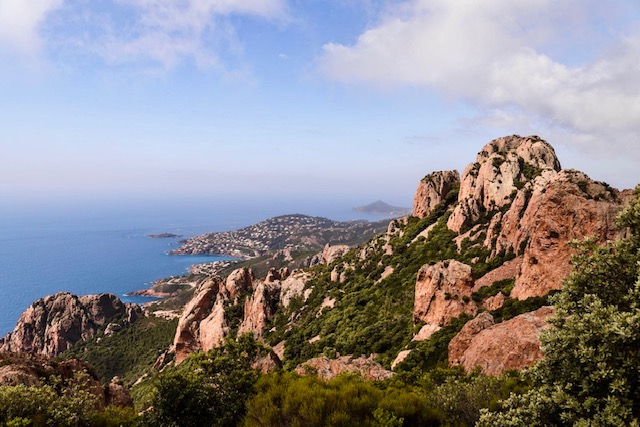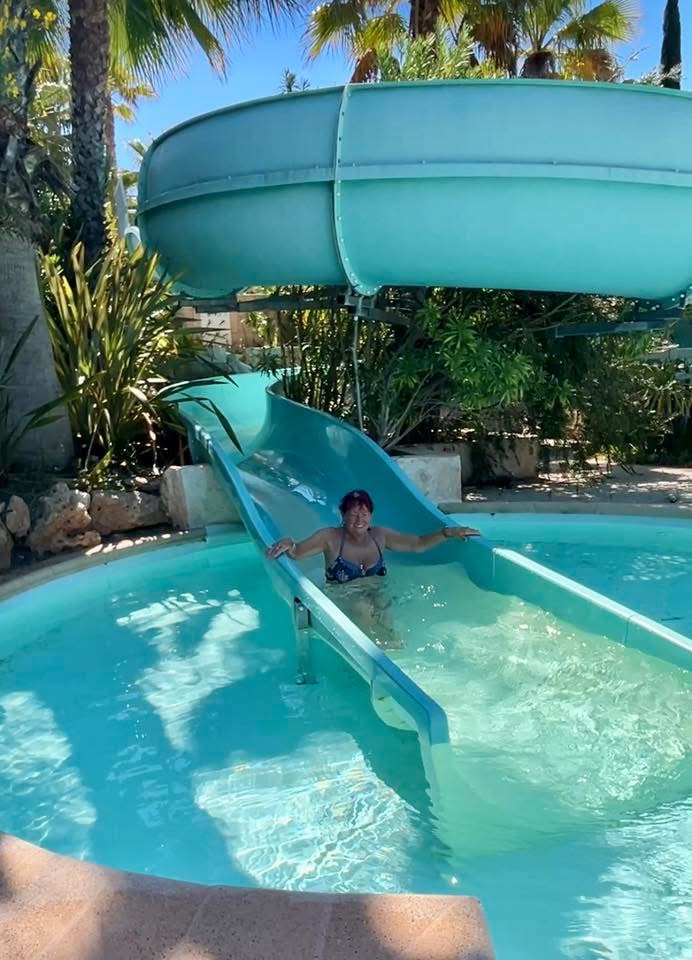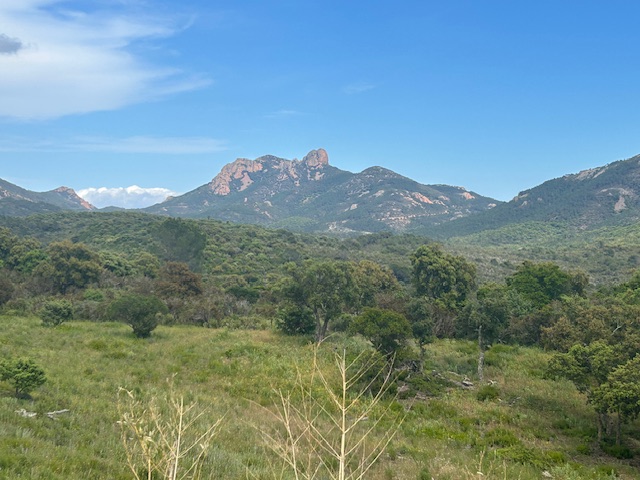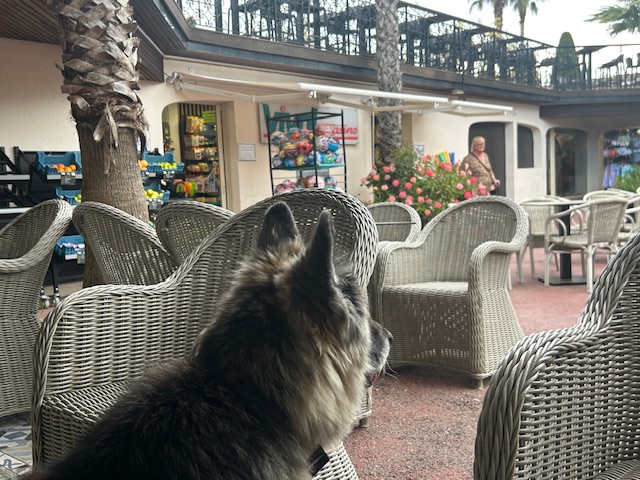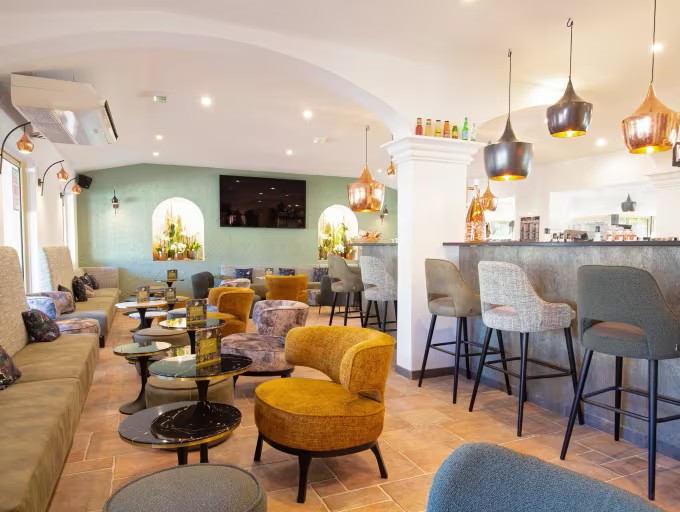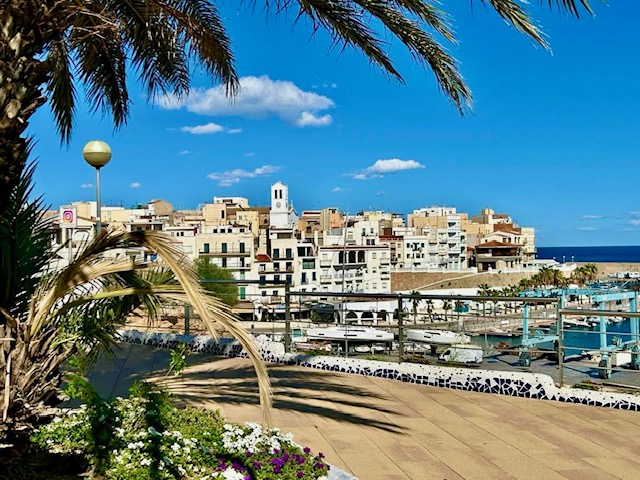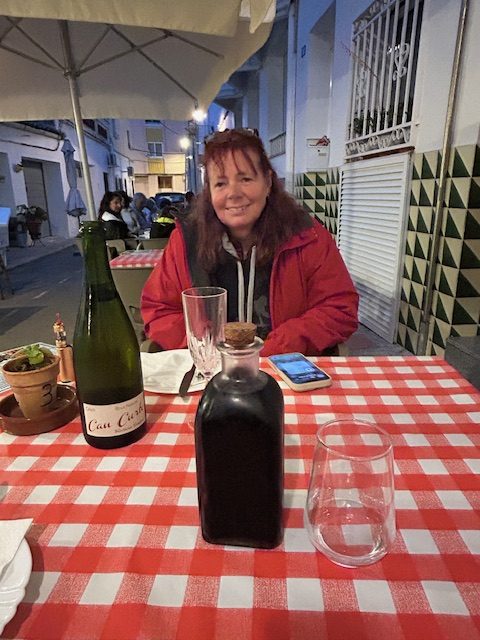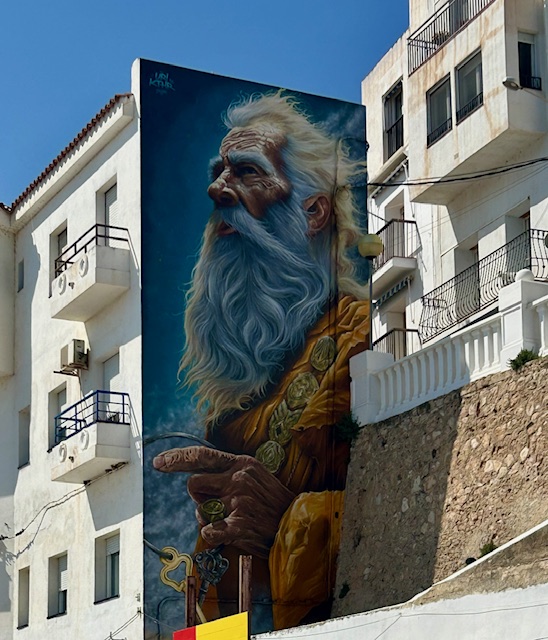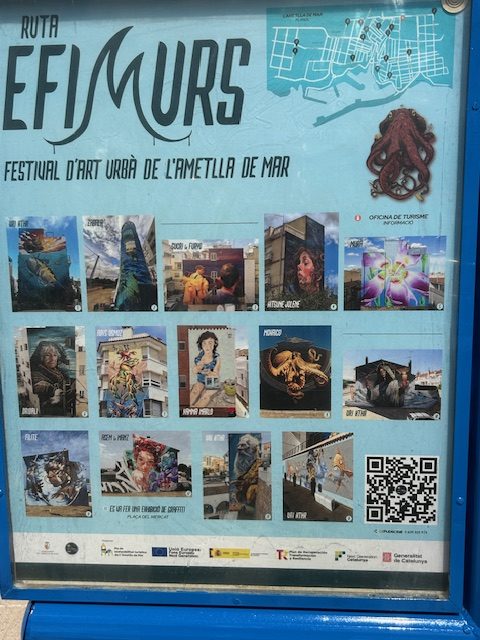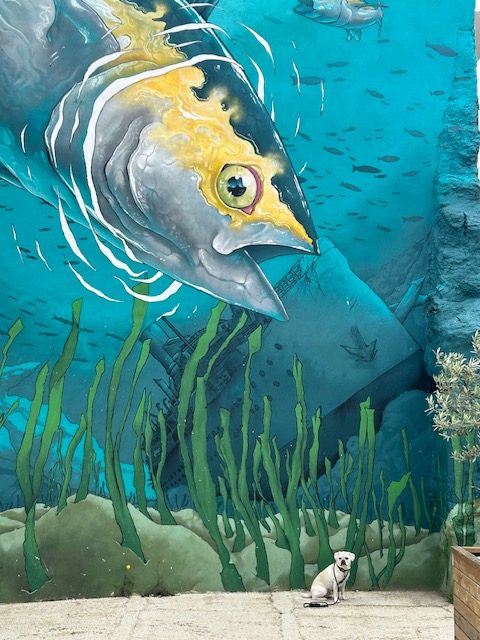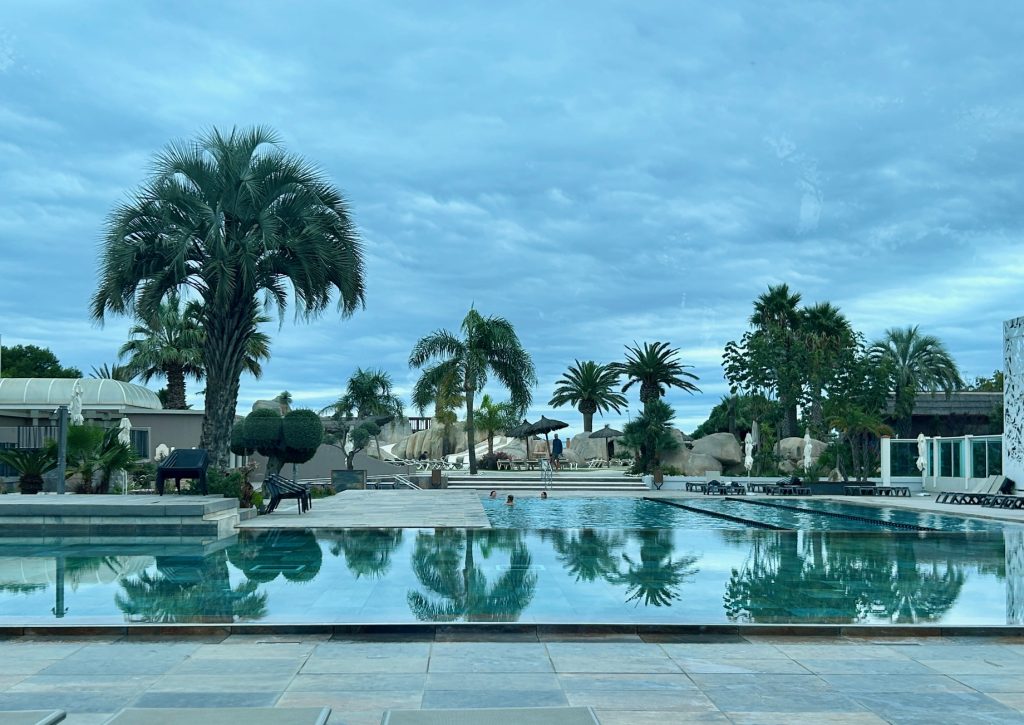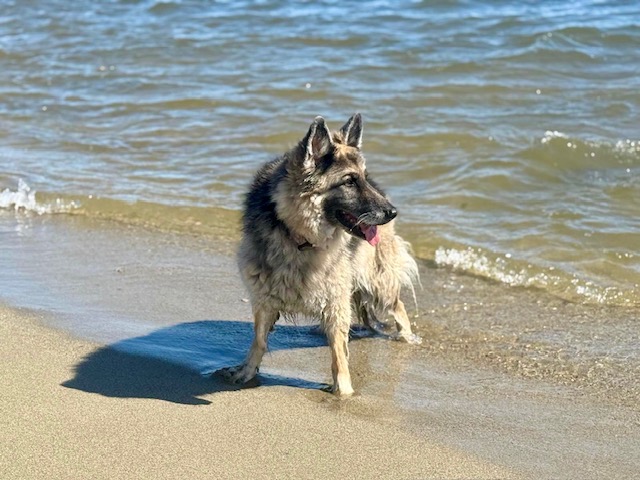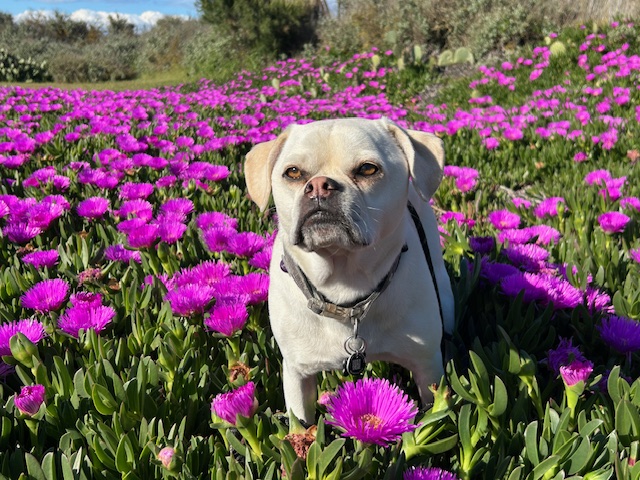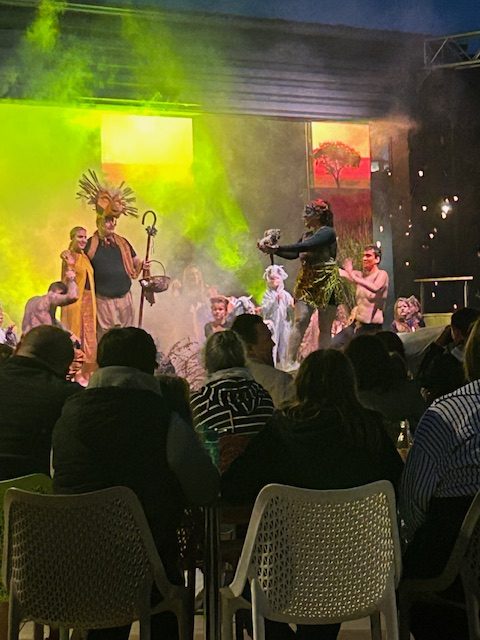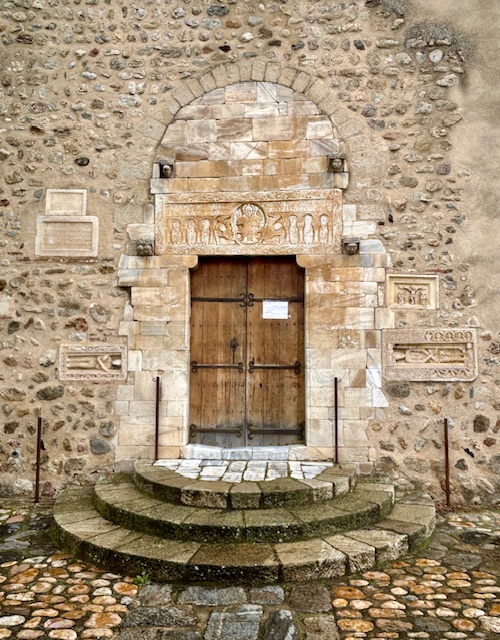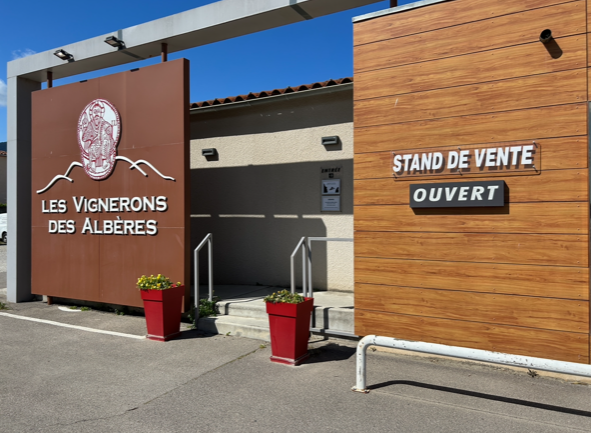Apologies, we’ve long since returned to the UK from Tour 12 and I’m still playing catch up with the blog.
In a previous blog (see Ochsenfurt) I suggested Franconia is as much about beer as wine although I’m not certain many people from Frickenhausen will agree with me on that point. In this charming little village, one of the oldest in Lower Franconia, wine has long been a passion and I suspect beer comes a poor second. The whole area is a natural paradise; a dreamland of sorts with some of the most picturesque vineyard scenery to be found anywhere in Germany. Numerous tiny vineyards are clustered along the gently rolling hills that line the River Main as it threads it’s way through lower Franconia and among them are various chocolate box villages such as Frickenhausen am Main. I took many photographs during our visit but none capture the natural beauty of the area quite like the one below which I found on a travel site (bayern-reise.com). It’s surreal, almost magical…
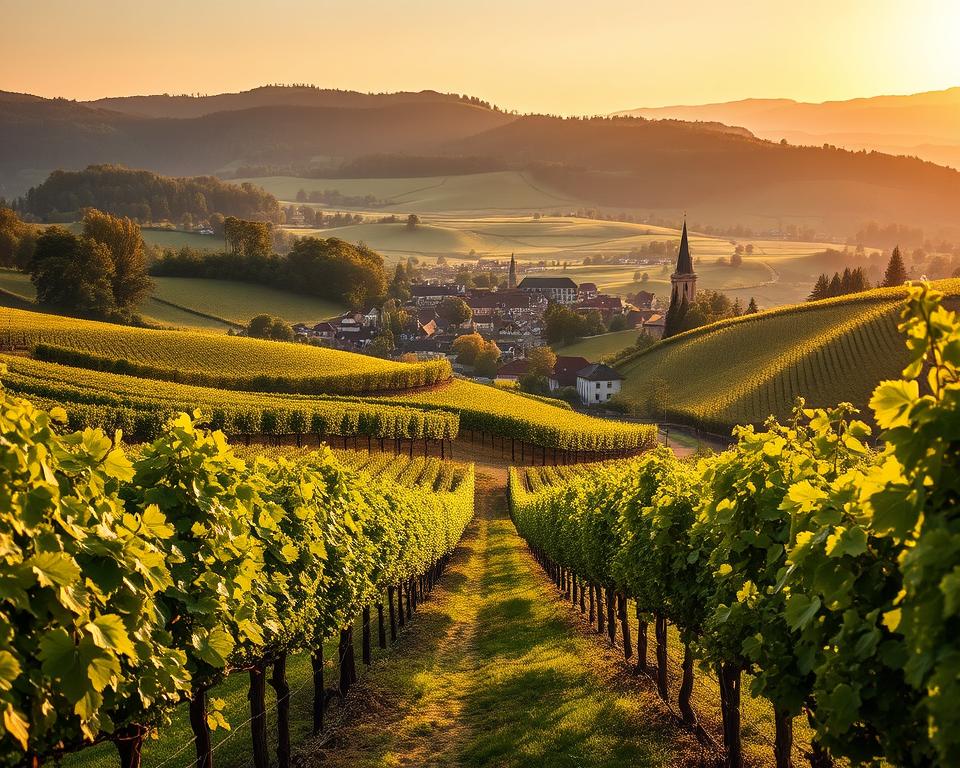
Talking of photographs, there’s a well maintained cycle path to the front of Frickenhausen which stretches some 30 kilometres along the north bank of the Main and should provide some fine photo opportunities of both the river and surrounding countryside. However, that is one for the future because during this visit I was of a mind to explore the village and then take a short hike up, into and around the local vineyards.
I entered Frickenhausen, which remains surrounded by perfectly preserved 15th and 16th century walls, through it’s lower main gate (the Unteres Tor). This is the most westerly of four gates into the village the others being the Oberes, the Muhltor and the Maintor. There’s also an impressive round tower built into the walls (the Joachimsturm) although access to that tower is limited to members of the local wine growers association on account of their having acquired it as a meeting place.
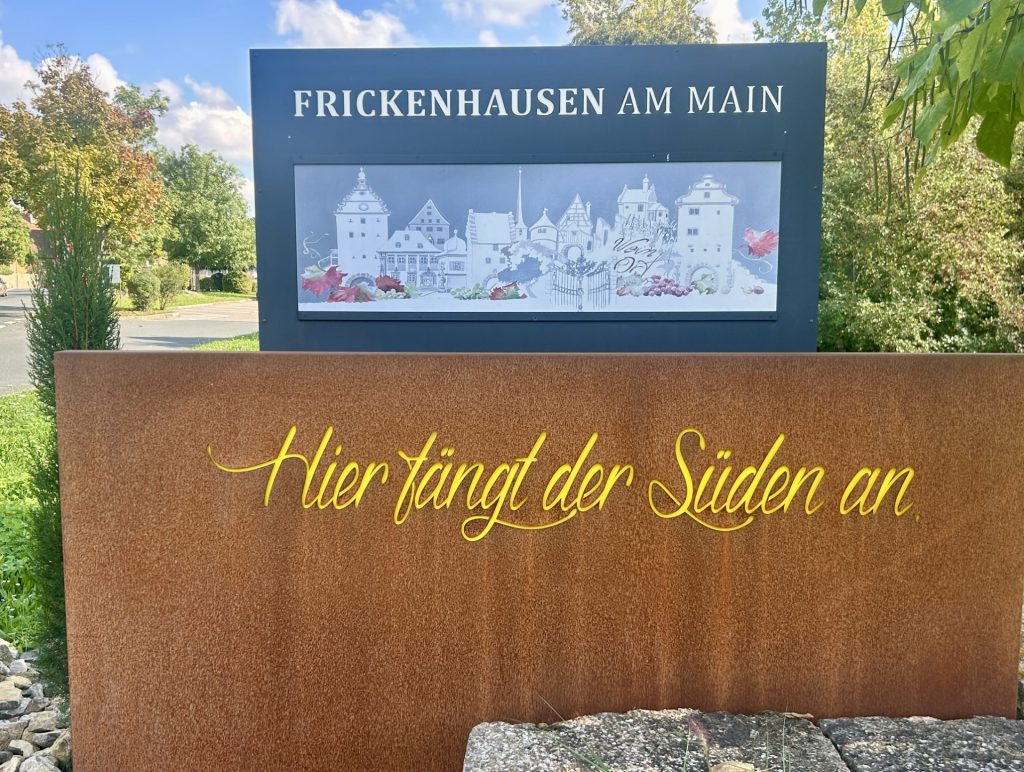
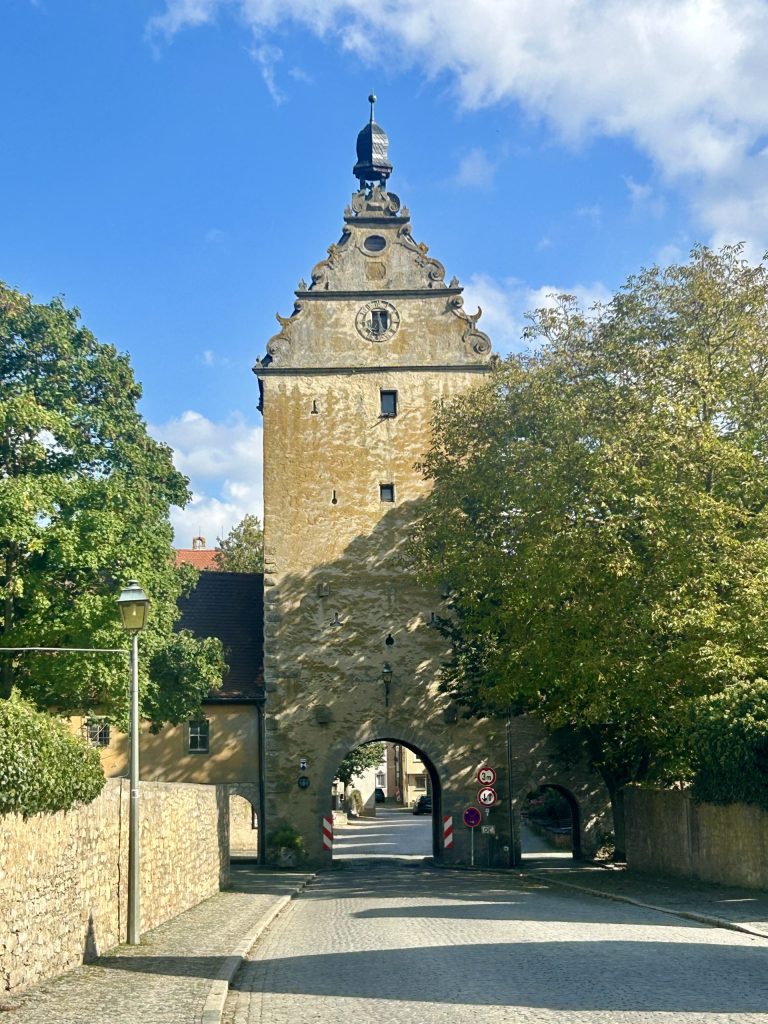
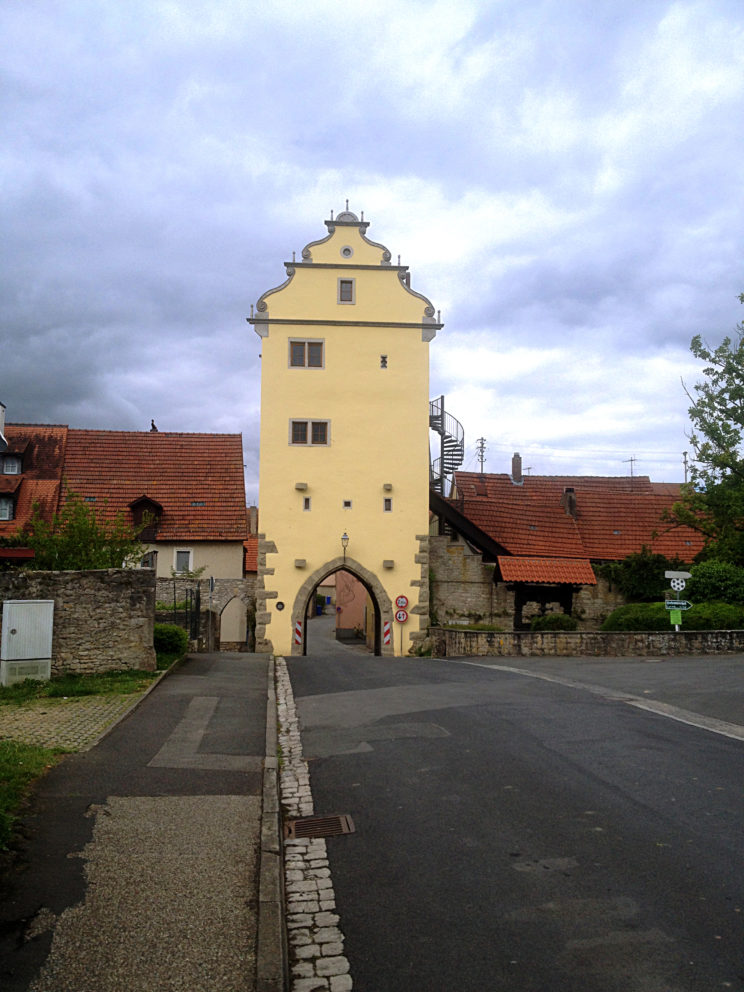
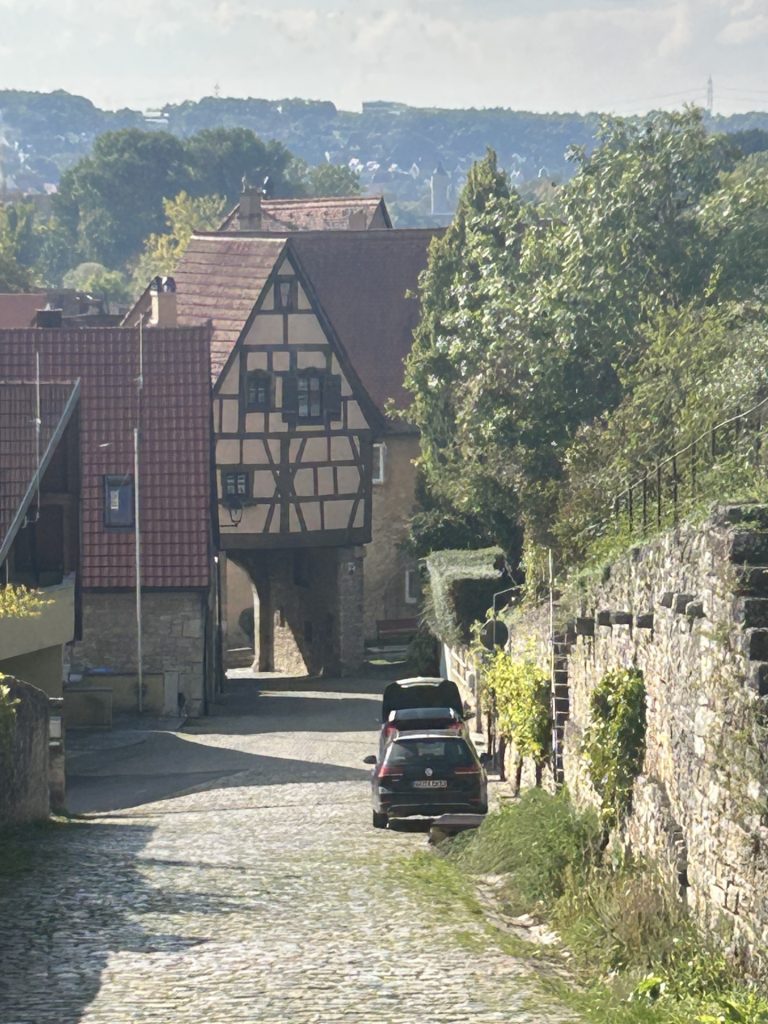
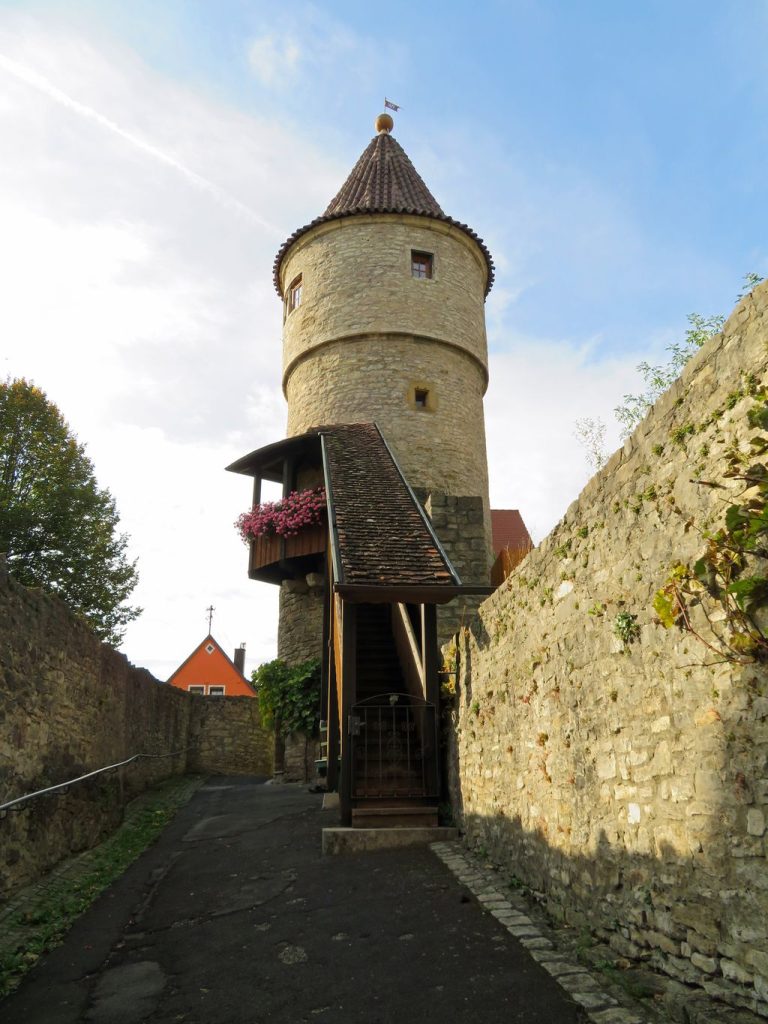
With just over 1,200 inhabitants Frickenhausen is a small village but inside it’s walls there is a much to suggest this place was once an important and very rich town. Sold by the Prince-Bishops of Wurzburg to the Wurzburg Cathedral Chapter in 1406, it was under the latter’s tenure that the town gates and surrounding walls, together with many of the older buildings, were constructed but; there is much about Frickenhausen which attests to the town’s continuing success until well into the 19th century. One only has to look at the number of beautiful stately half timbered town houses to be found on Babenbergplatz and along the village’s principal streets (the Hauptstrasse, Fischergasse and Muhlgasse). Most were built between the 17th and 19th centuries.
Of the other buildings in the village/town, those which stand out are the Roman Catholic Parish Church of Saint Gallus; the two story Town Hall complex (which has been extended over the years since it was first gifted to the town in 1476); the Schwarzenberg Palace, the Marian Column (next to the Town Hall) and an old village fountain. My favourite is the church which, most unusually, has a small World War II cemetery outside but; special mention should perhaps also be made of the huge 14th century wine cellar built by the Wurzburg Cathedral Chapter. It has long been owned by the Meintzinger Family (i.e. since the 18th century) and much of it is still used by Meintzinger to produce and store wine but parts of it have been converted into an elegant boutique hotel… and what a hotel! Dogs are not allowed or we’d have booked into the hotel like a shot. I had a quick look inside and it’s terrific.
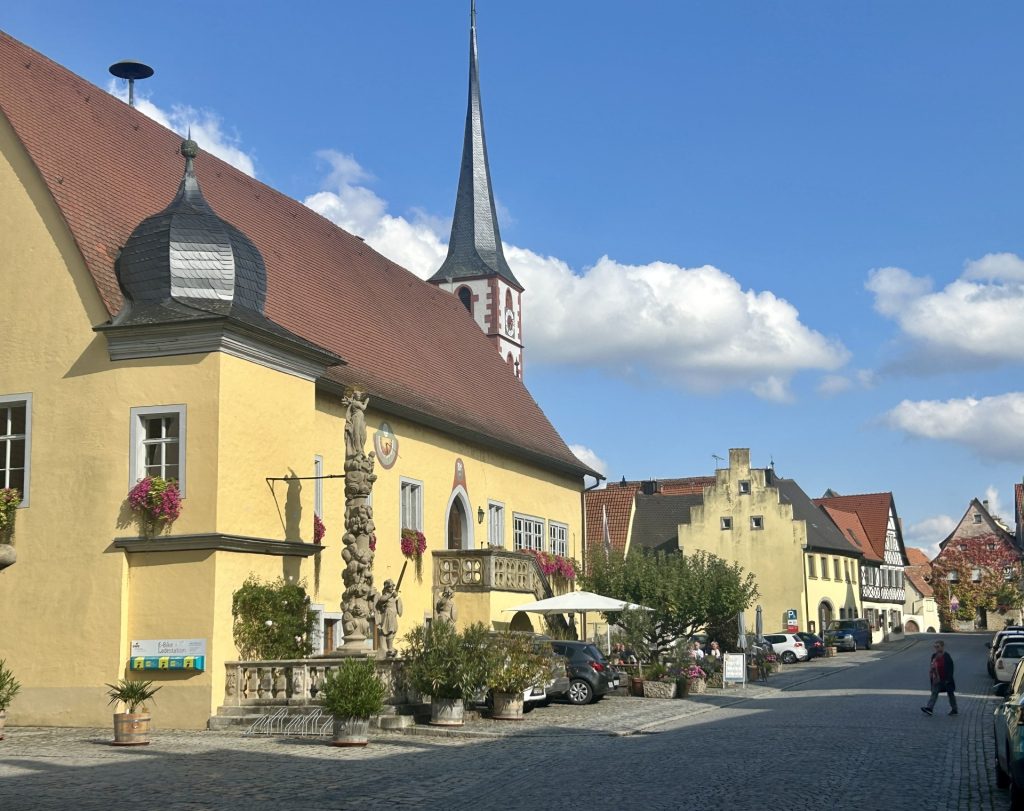
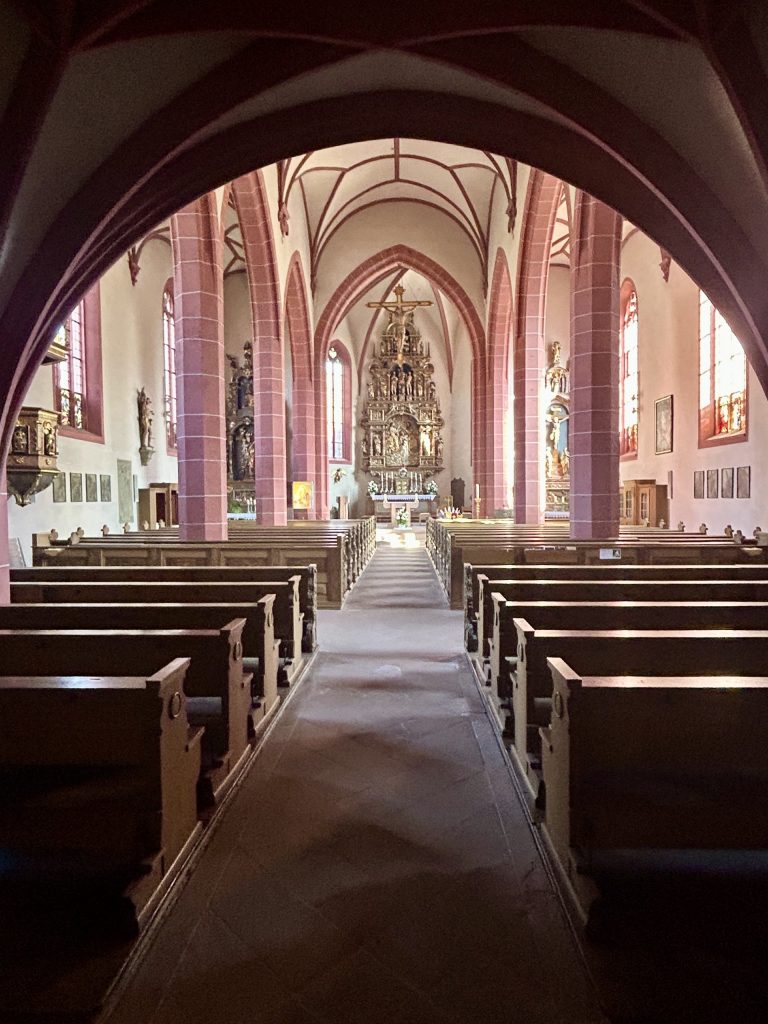
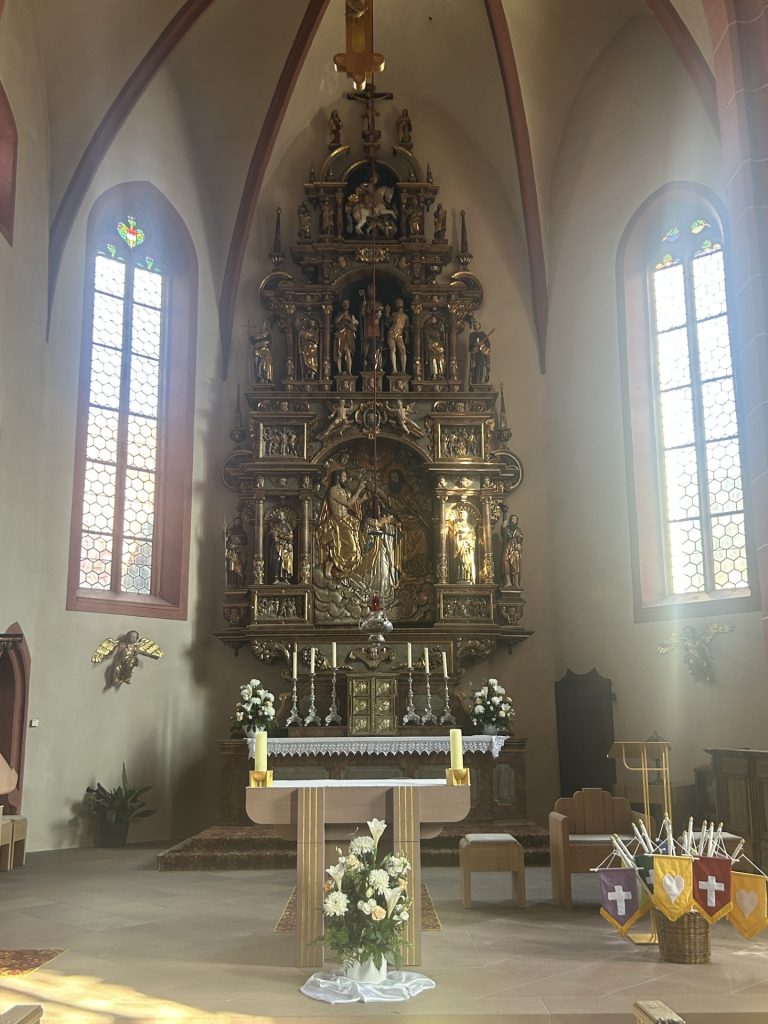
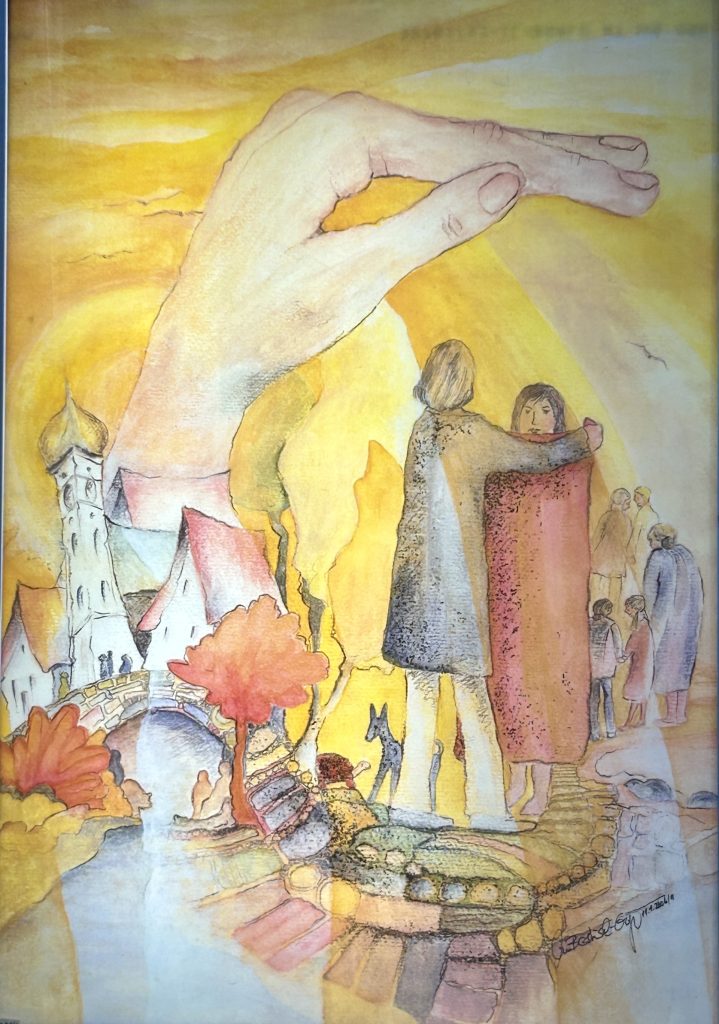
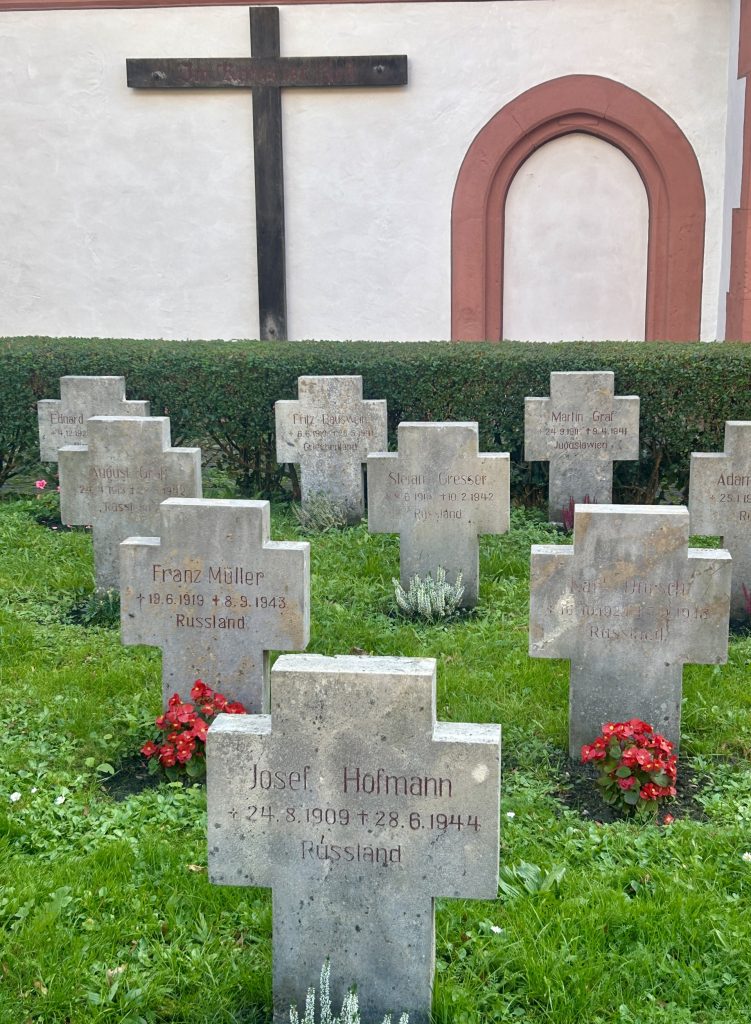
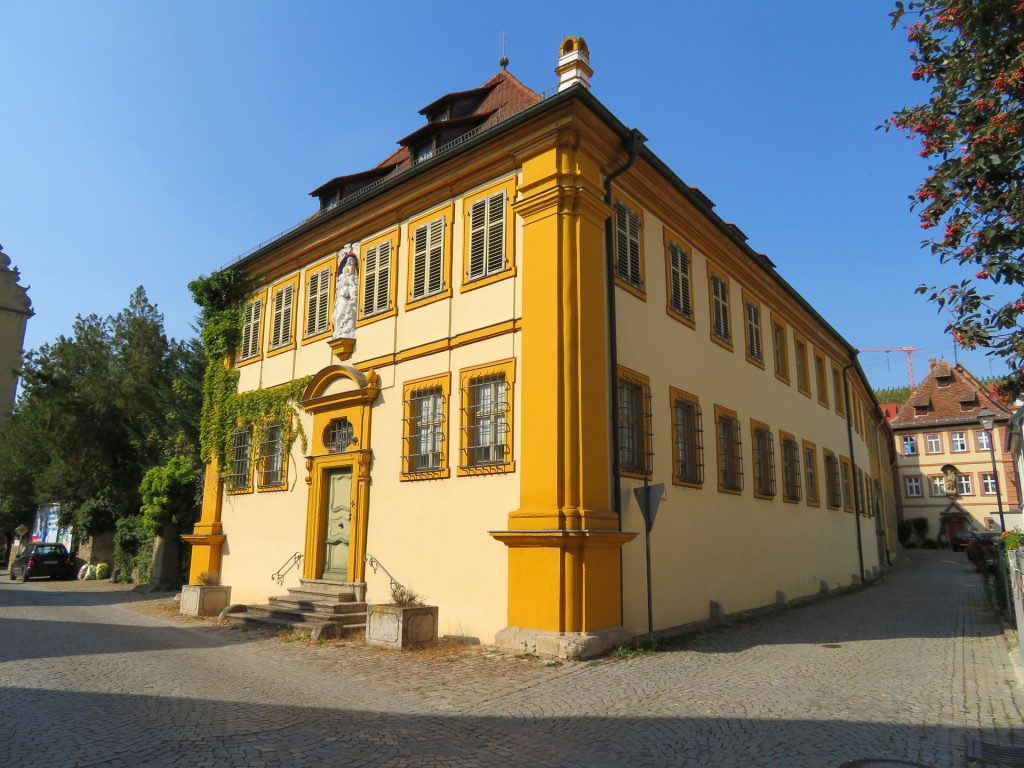
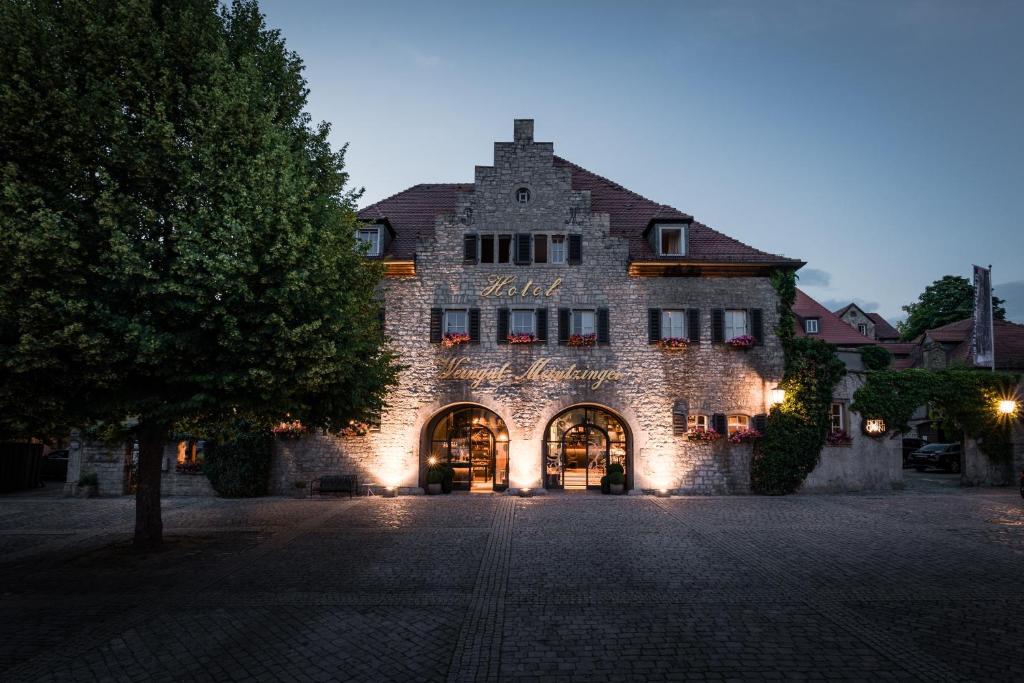
There are two gates at the eastern end of the village. The larger of these is the Muhltor which leaves Frickenhausen via the Muhlgasse and follows the Main to Marktbreit. The smaller gate is the Oberes Tor which leaves the village by the Frankischer Marienweg and along what is sometimes called the Kapellensteige on account of this particular exit leading up through the Kapellenberg Vineyard to the Saint Valentine Chapel and, beyond the chapel, to the “terroir f Frickenhausen”. It’s not a particularly steep walk up to ‘terroir f’ but it’s different and worth doing for the views alone.
There are a number of recognised trails through the vineyards surrounding Frickenhausen but one of the more interesting is the ‘Wine and Bible Walk’ up to ‘terroir f’. I should explain that the terroir f initiative constitutes a collection of sites across Franconia, each with a different theme, which are intended to entice tourists into the vineyards so as to educate them in some aspect or another of viticulture. Frickenhausen selected the connection between wine and religion as a theme. Wine has long been honoured in some way, shape or form by many of the world’s religions. Even the Quran describes wine as a “good gift of creation” (to be imbibed in the hereafter if not on earth). There are plenty of examples along the walk to ‘terroir f Frickenhausen’ as to how Christianity has celebrated wine over the years and the terroir f exhibit itself (at the top of the hill a little way beyond the Saint Valentin Chapel) comprises a steel template of Leonardo da Vinci’s Last Supper mounted on a series of large limestone blocks. The Last Supper, of course, gave rise to the Eucharist with it’s sacramental bread and wine. Whatever one’s religion, ‘terroir f Frickenhausen’ makes for a magnificent viewpoint and I’m advised too that on occasion it is used for wine tastings. Different or what?!?

Continuing with the wine theme, Vanya and I enjoyed a late afternoon wine tasting session back at our camp site which was organised by the camp site management. We learned something about the local grape varieties (Gruner Silvaner, Muller-Thurgau and Bacchus); bought a few bottles of ‘Silvaner’ and; after a fine meal in the camp site restaurant, returned to the village in the evening to put our learning to the test. I’d picked out the Winebistro Vinothek, on the ground floor of the town hall complex, as an ideal place to test ourselves… and so it proved. They were most welcoming and produced an outstanding Riesling. In fact, the whole wine tasting experience in Frickenhausen surprised us with Vanya who, up until then, would only drink Weisser Burgunder (and that would have to be from a Bocksbeutel) really enjoying both the local Silvaner and the local Riesling. It seems to me that Frickenhausen’s passion for wine is tangible and infectious.
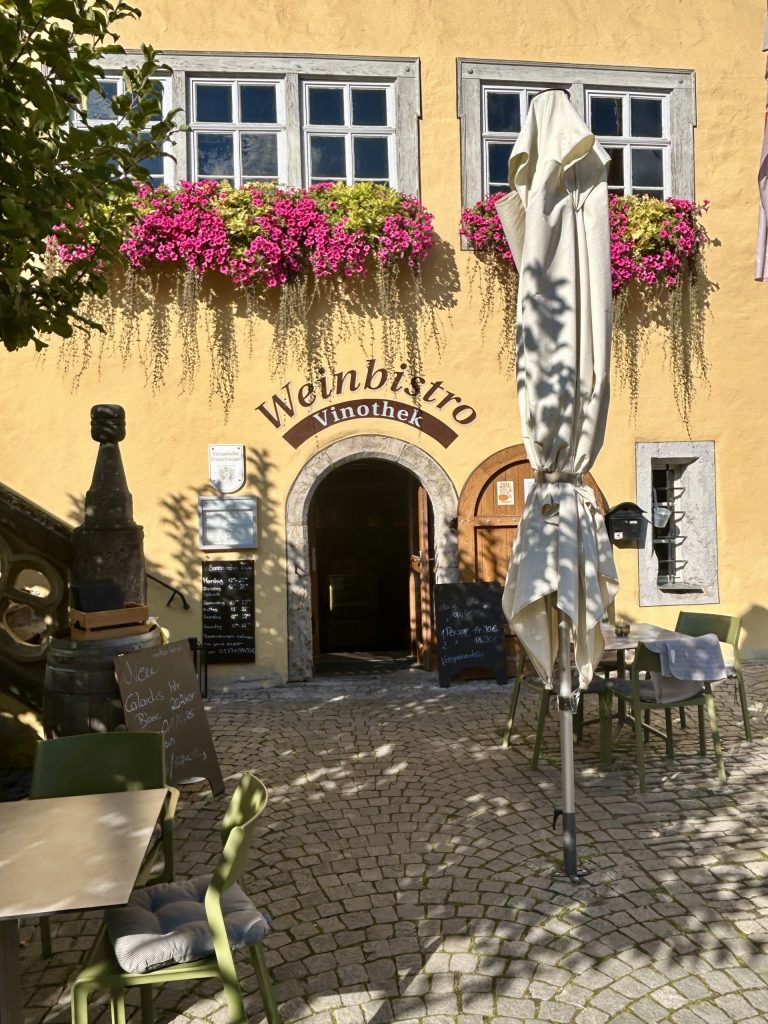

We really enjoyed Frickenhausen am Main and would have stayed on but we were on our way back to the UK and to that end had booked a hotel further west in Saarland. We had to move on but we’ll definitely return. I think also this is an excellent place from which to visit some other attractive towns and villages in the area – Sommerhausen, Marktbreit, Kitzingen, Volkach and, further afield in Baden Wurttemberg, there’s Bad Mergentheim.
Until then, I’ll leave you with a thought – “Wine improves with age. The older I get, the better I like it.” – That’s Anonymous but it does fit.

